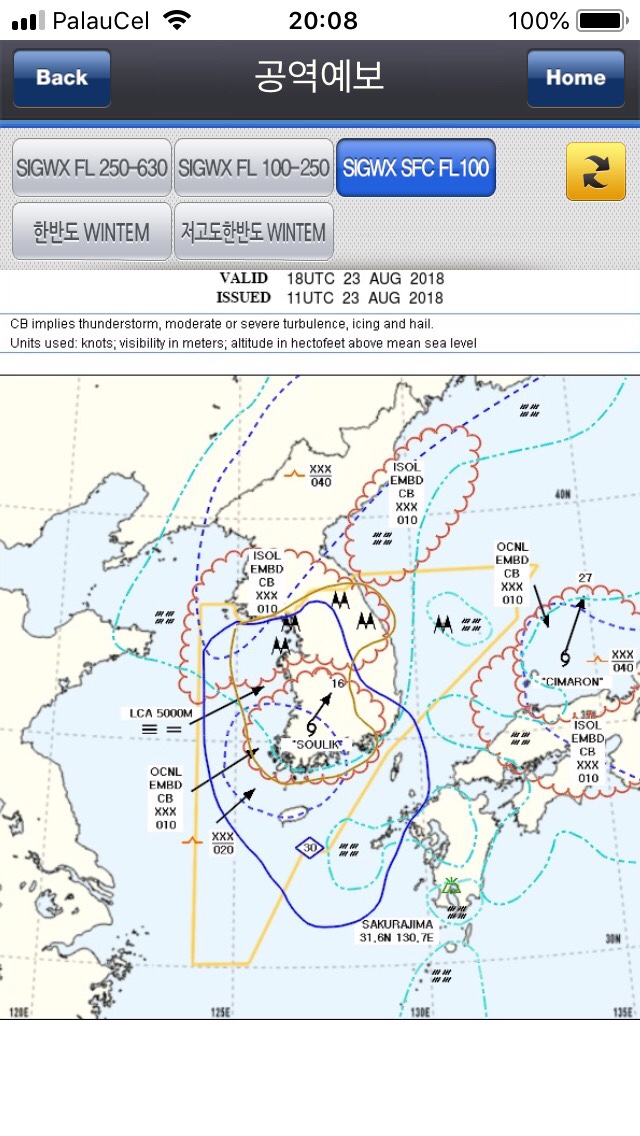It’s May and I think it’s safe to say the winter is over in the Northern Hemisphere.
However, icing condition still exists frequently, due to the adiabatic cooling in the atmosphere (the higher you go, the cooler it gets). It’s pretty common in spring, as the different air masses interact with each other and the temperature and moisture contents are in the sweet spot for in-flight icing.
Recently I experienced this first hand. It was raining with SC, CU and TCU clouds present around the destination airport.
I was the PF, approaching with Engine Anti-Ice on, as I was expecting to penetrate some clouds during ILS approach in temperatures around 3 degrees Celsius. Around 2000ft, I had a sudden chime and an ECAM message:
“SEVERE ICE DETECTED”
We did a quick ECAM action by turning on the Wing Anti-Ice. and the ECAM message disappeared. I carried on with the approach with WAI and EAI on, as the representative surfaces were clear of ice. I was curious about the Vref additives, as this was Vref15 + 10kts on the 737, but I wasn’t sure of the proper speeds on the Airbus. Since the ice probe and ECAM were clear, I assumed no ill-impact on the flight characteristics. As a precaution I added 5 knots to the approach speed though. The plane handled fine, except for the increased idle thrust, giving us a little bit of increased landing distance.
But I dug into the books in case I missed something today and I’m a little bit embarrassed to admit that I didn’t know the full details back then. There are two pieces of information that I got to brush up from POM and FCOM today:
- SEVERE ICE DETECTED message disappears automatically when you switch on the WAI, regardless of the condition of the lift-generating surfaces and the ice detectors. There could still be residual ice on the critical surfaces when the message disappears. So always respect the min speeds. Also, be sure to check out the representative surface for any evidence of ice. Especially since the Horizontal Stabilizer doesn’t have WAI, assume that the ice is still present if the TAT hasn’t warranted the melting of the ice.
- The minimum speeds are:
- in Conf Clean: VLS+15kts. in any other Conf: VLS+5kts when WAI is operative and;
- VLS+10kts or Green Dot when WAI is inoperative.
As far as I’m aware there were no messages about ice on the Status page once the WAI was switched on. And a RCL button didn’t bring anything back up. I’m thinking maybe it’ll be displayed on the bottom right side of the ECAM, but not sure.
With the reduced flying schedules during COVID it’s hard to find the motivation to keep the knowledge up to date, but there’s no excuses for not studying when it comes to flight safety in your extra spare time.
Cheers,
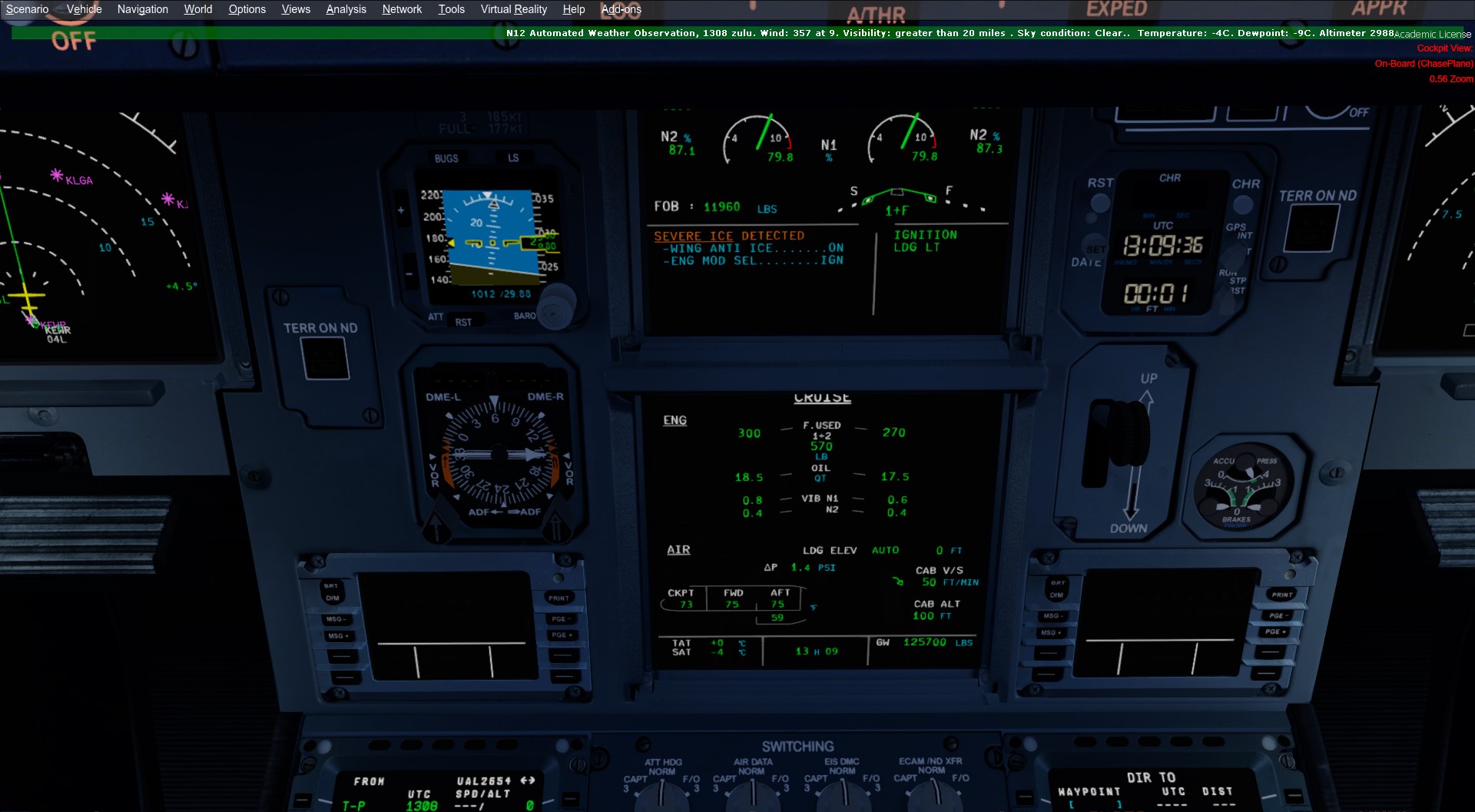

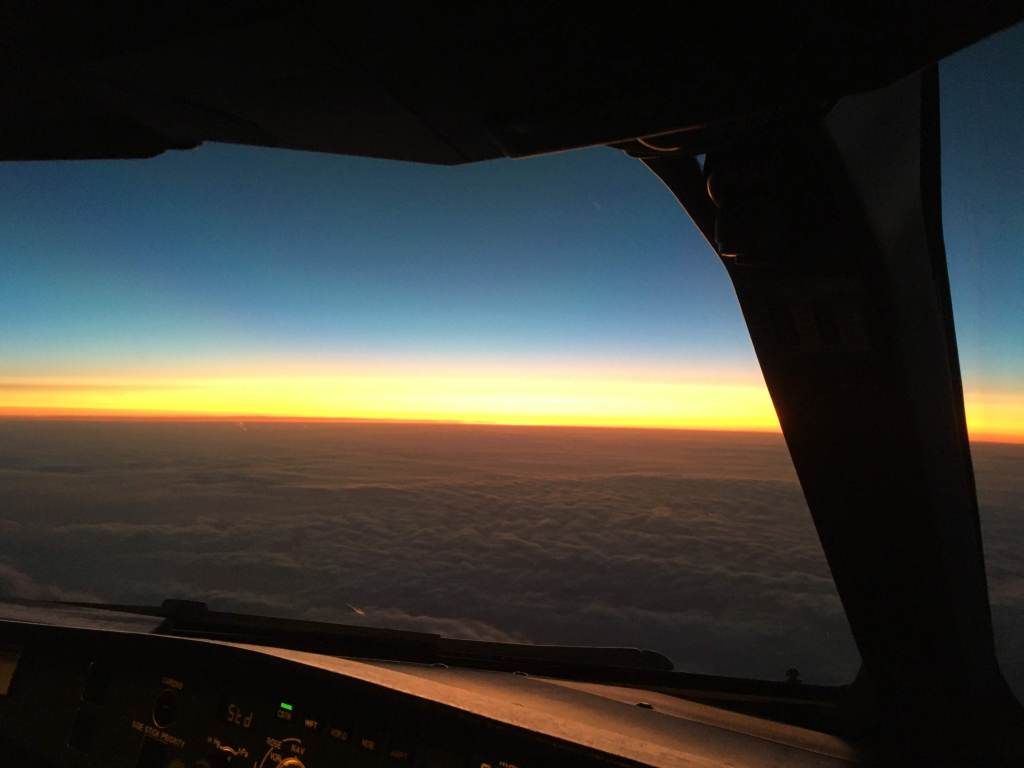
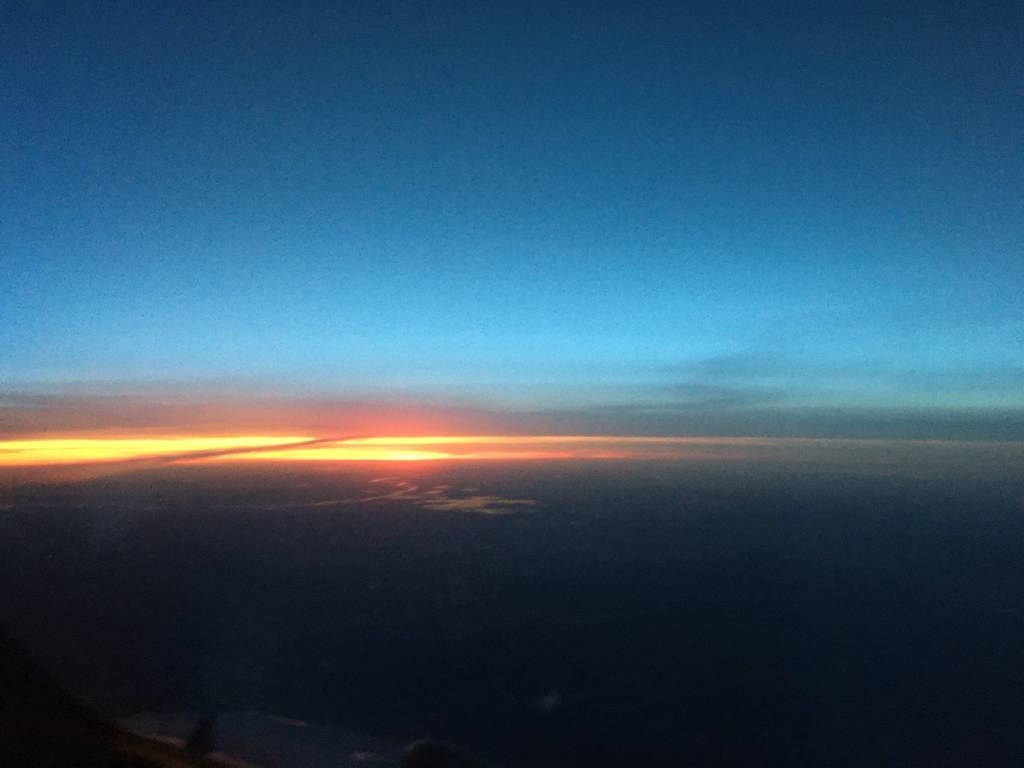
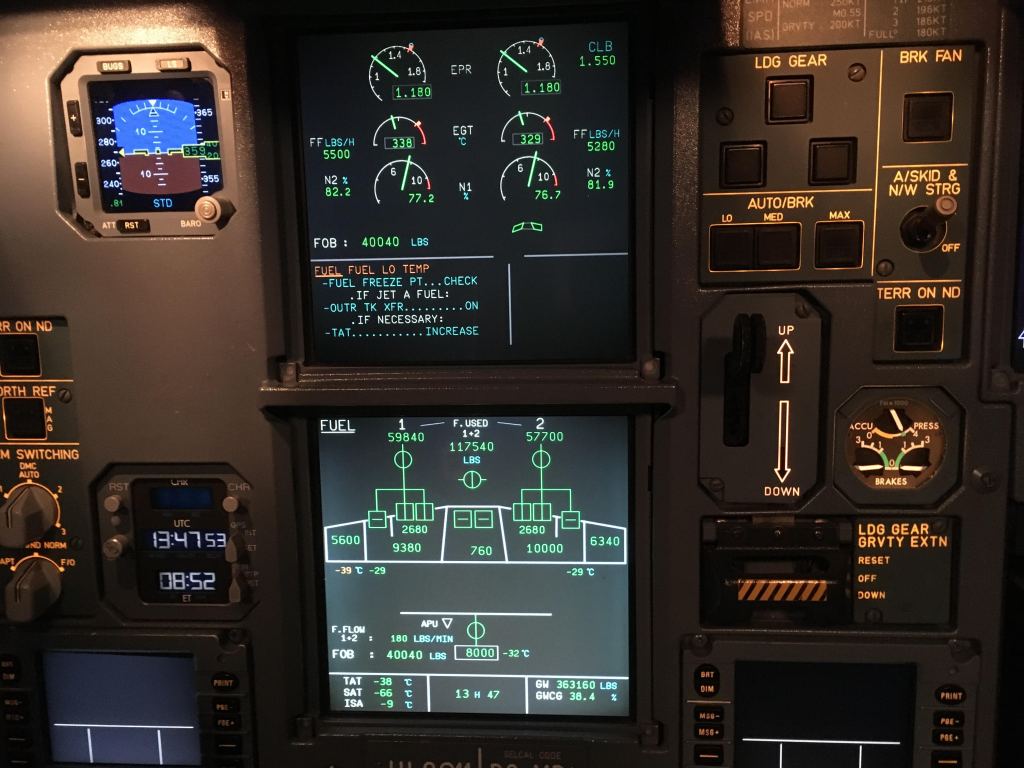
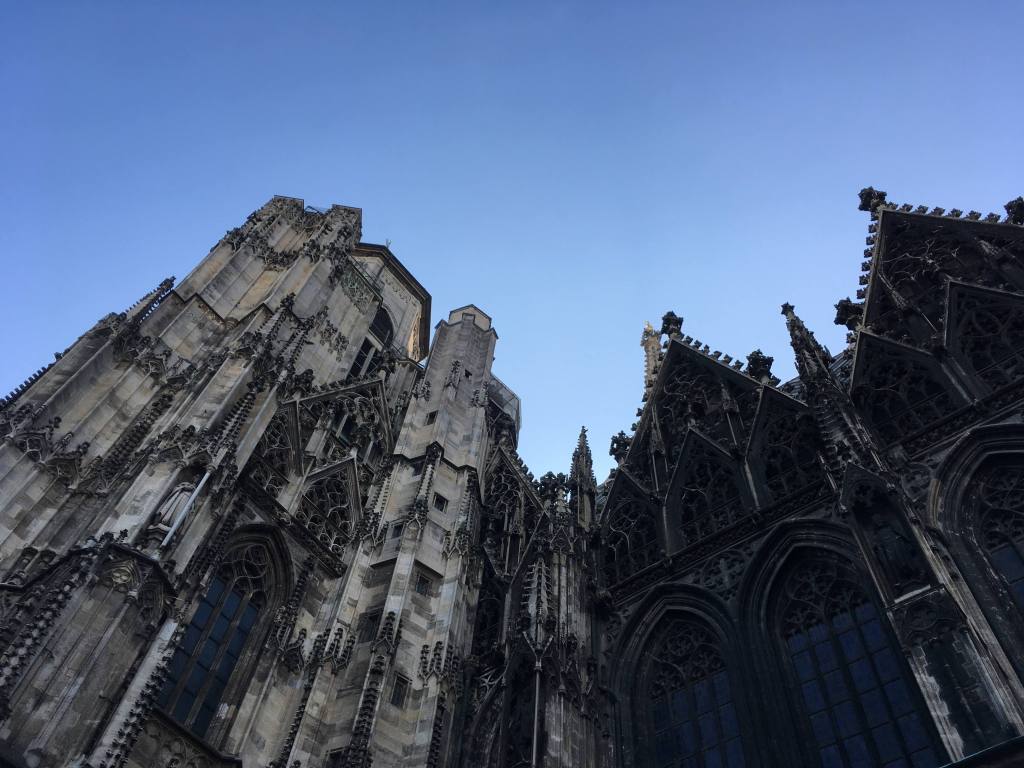

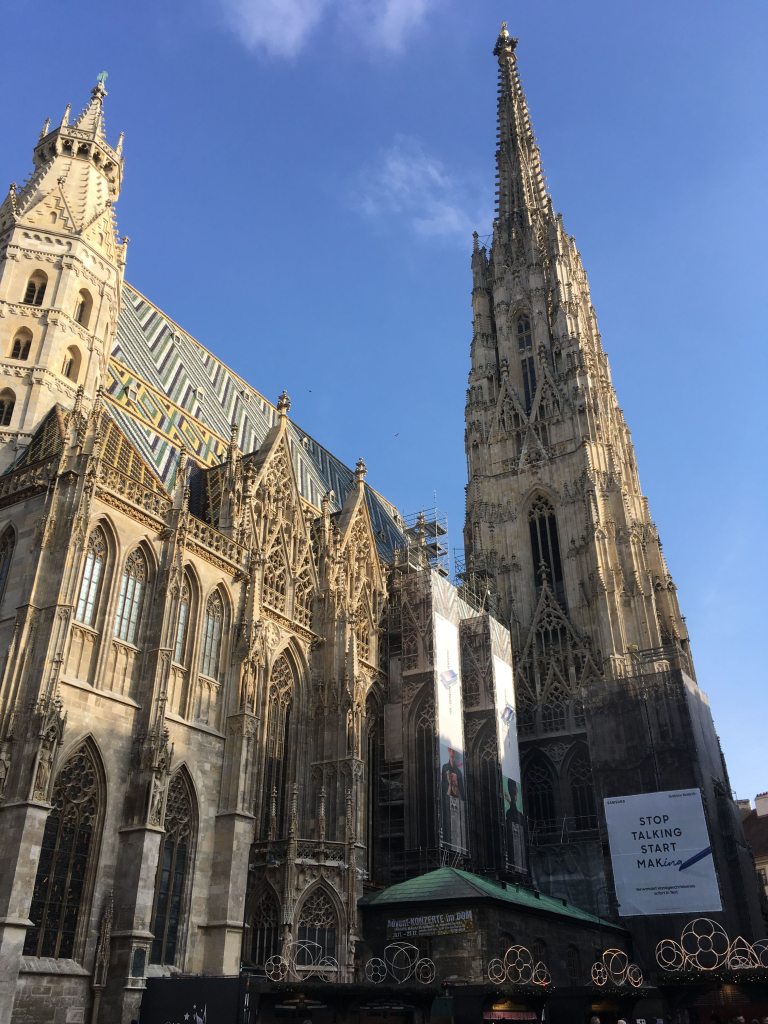
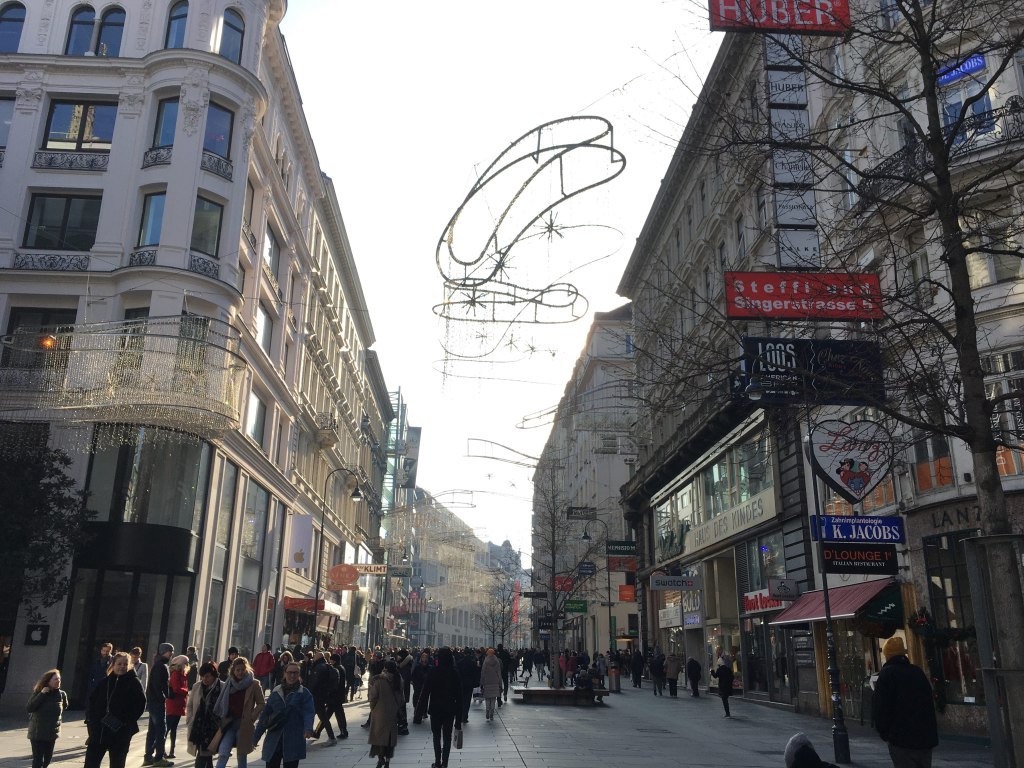



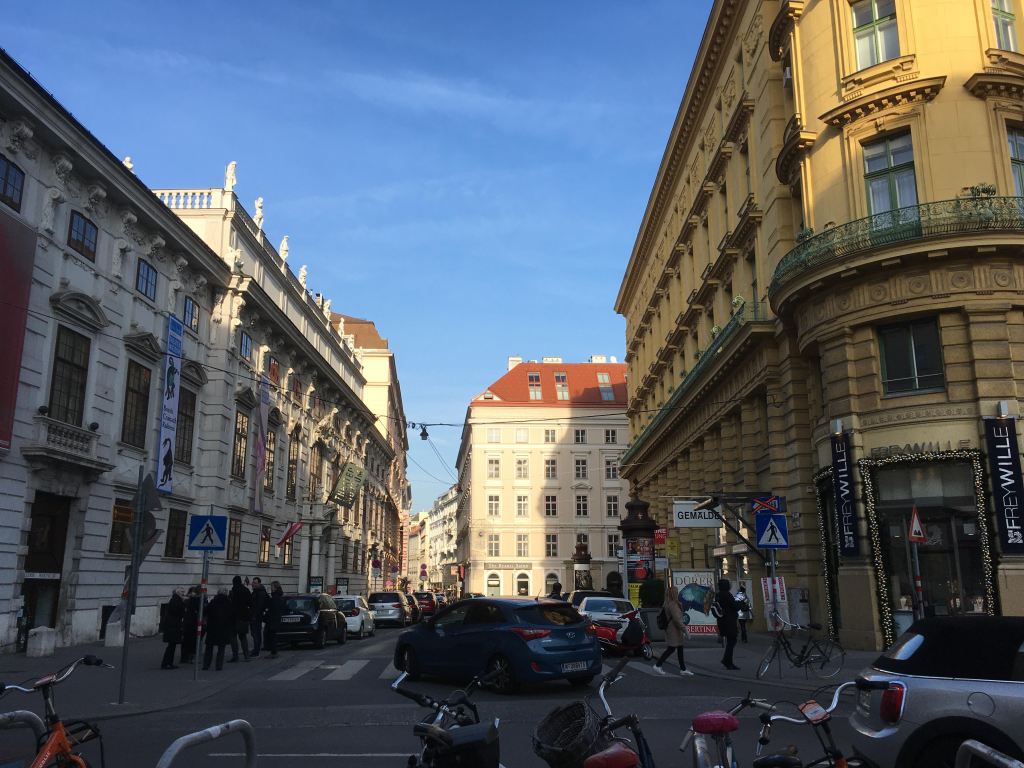
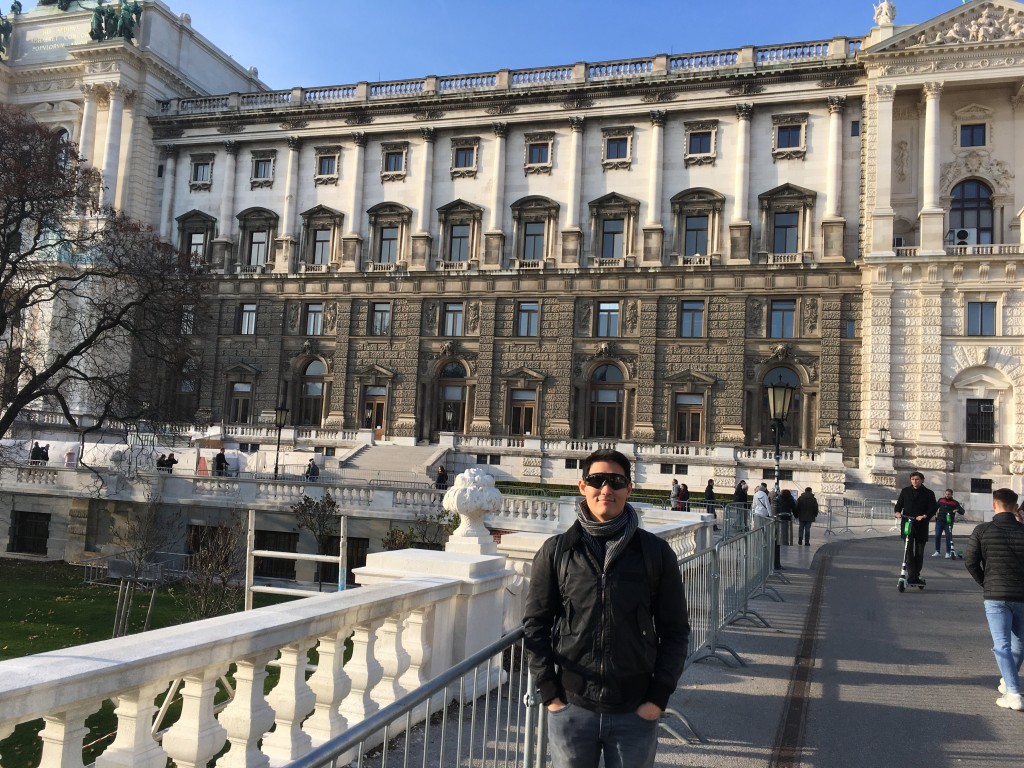
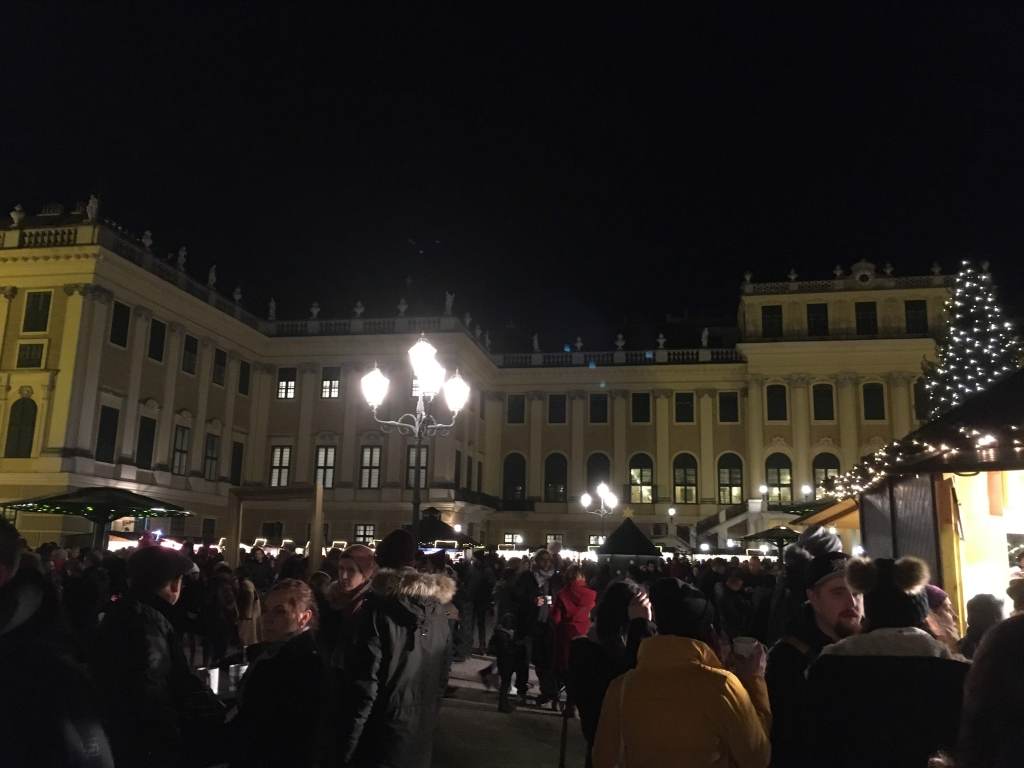
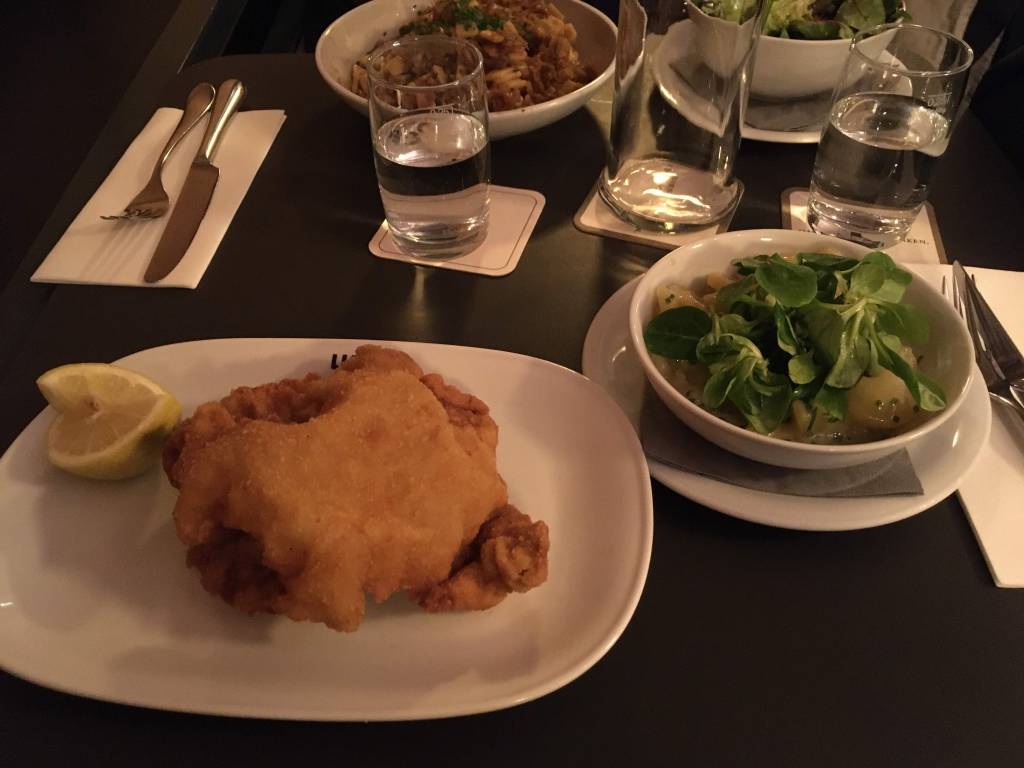
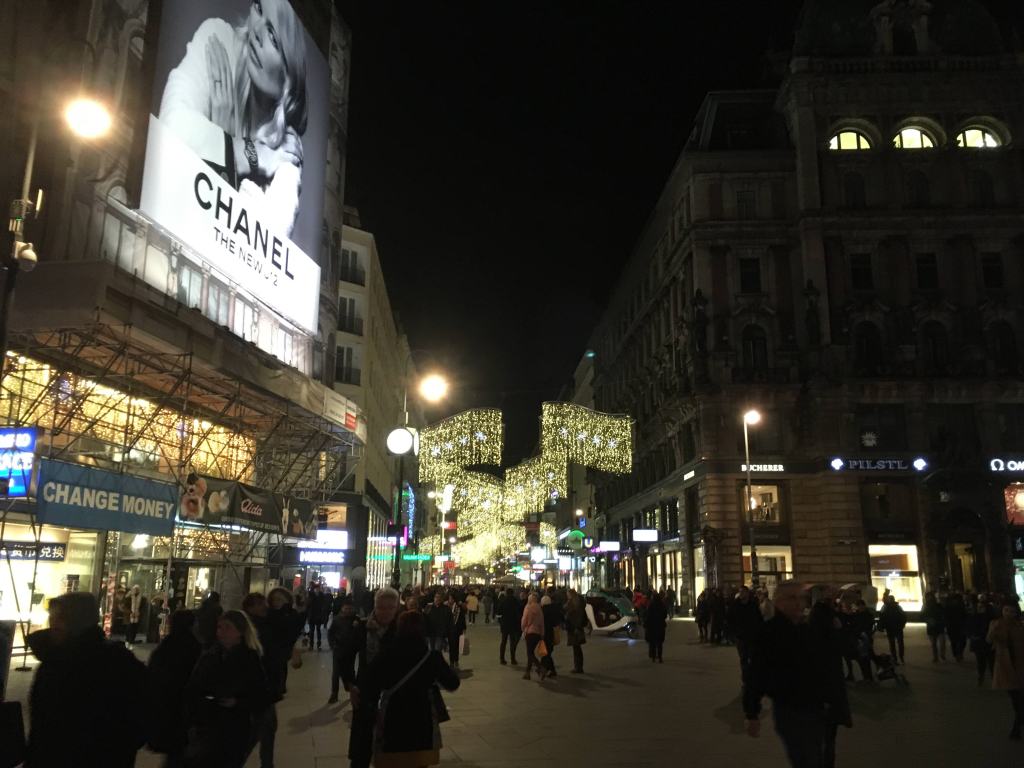

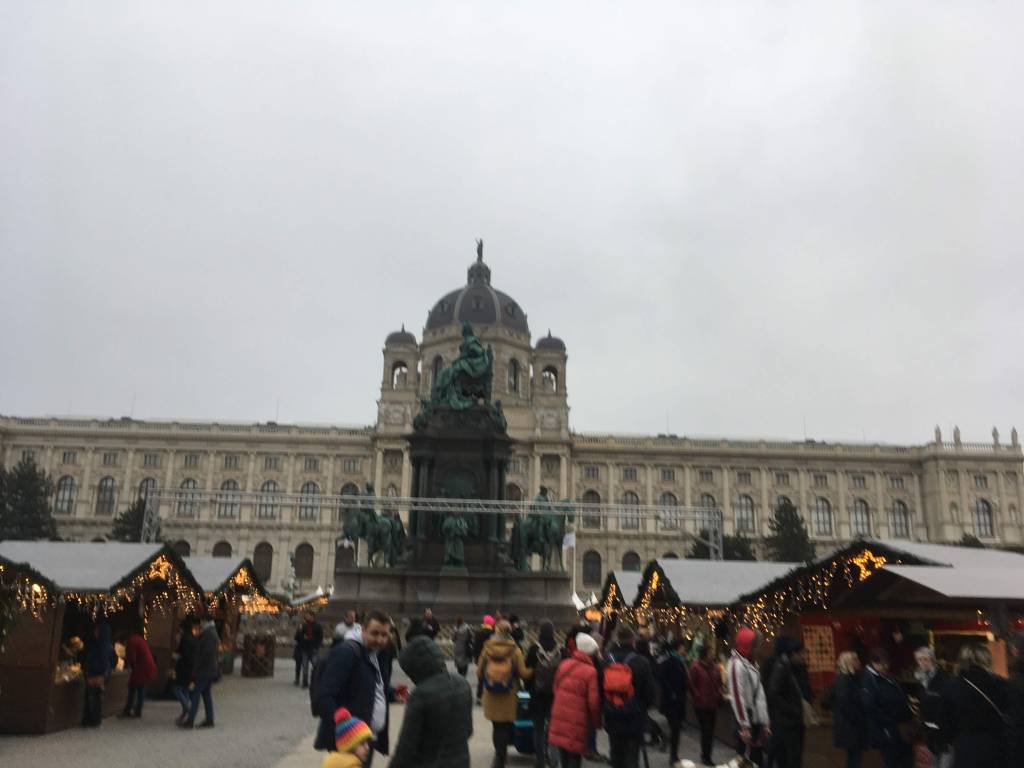


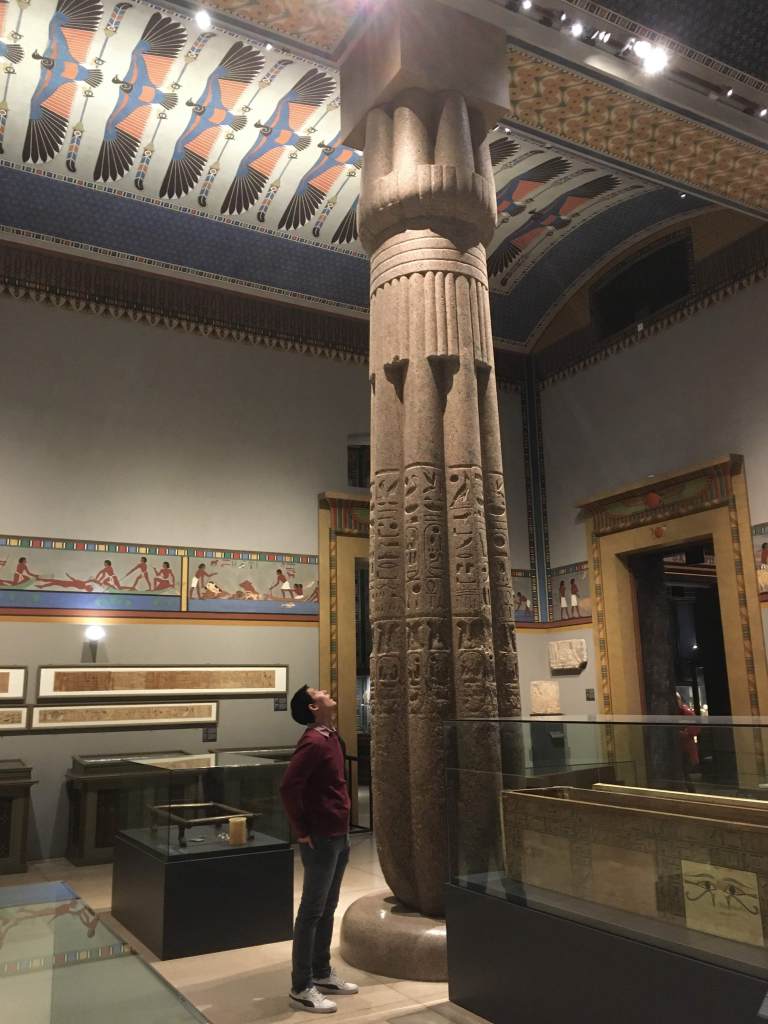
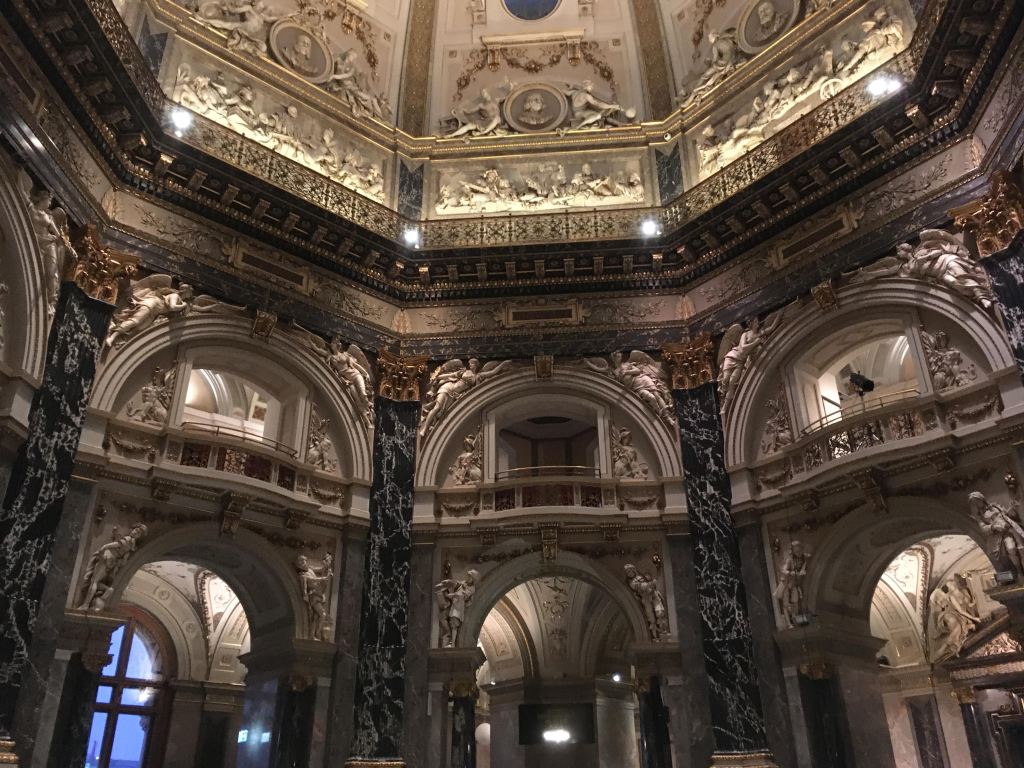



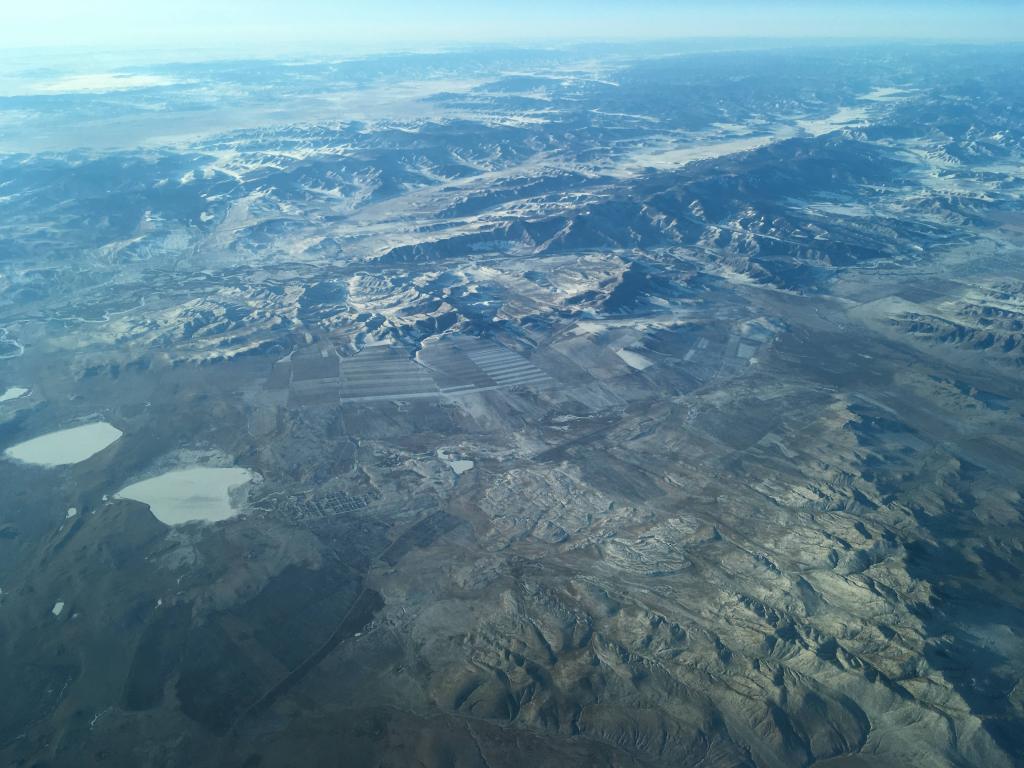





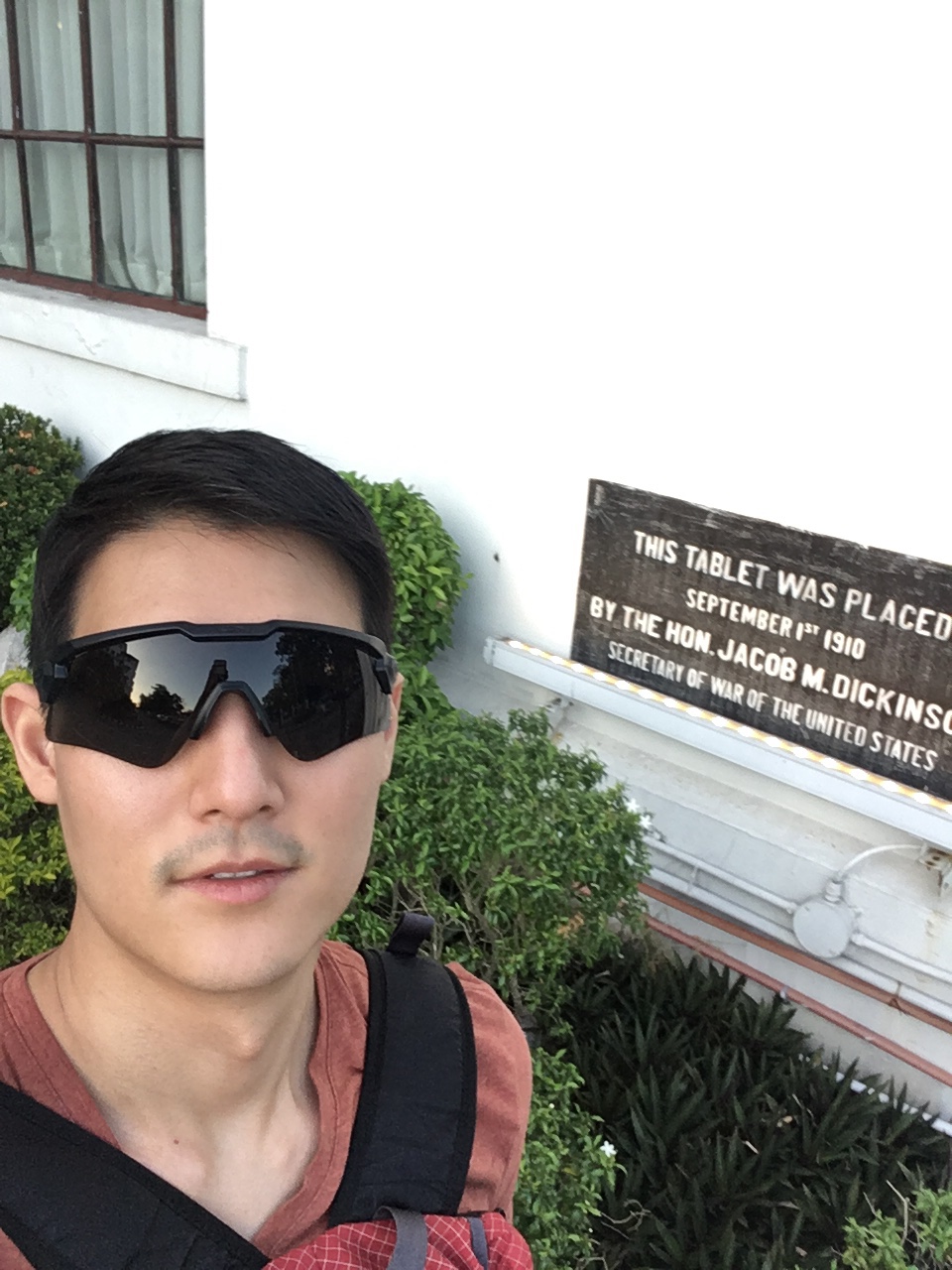


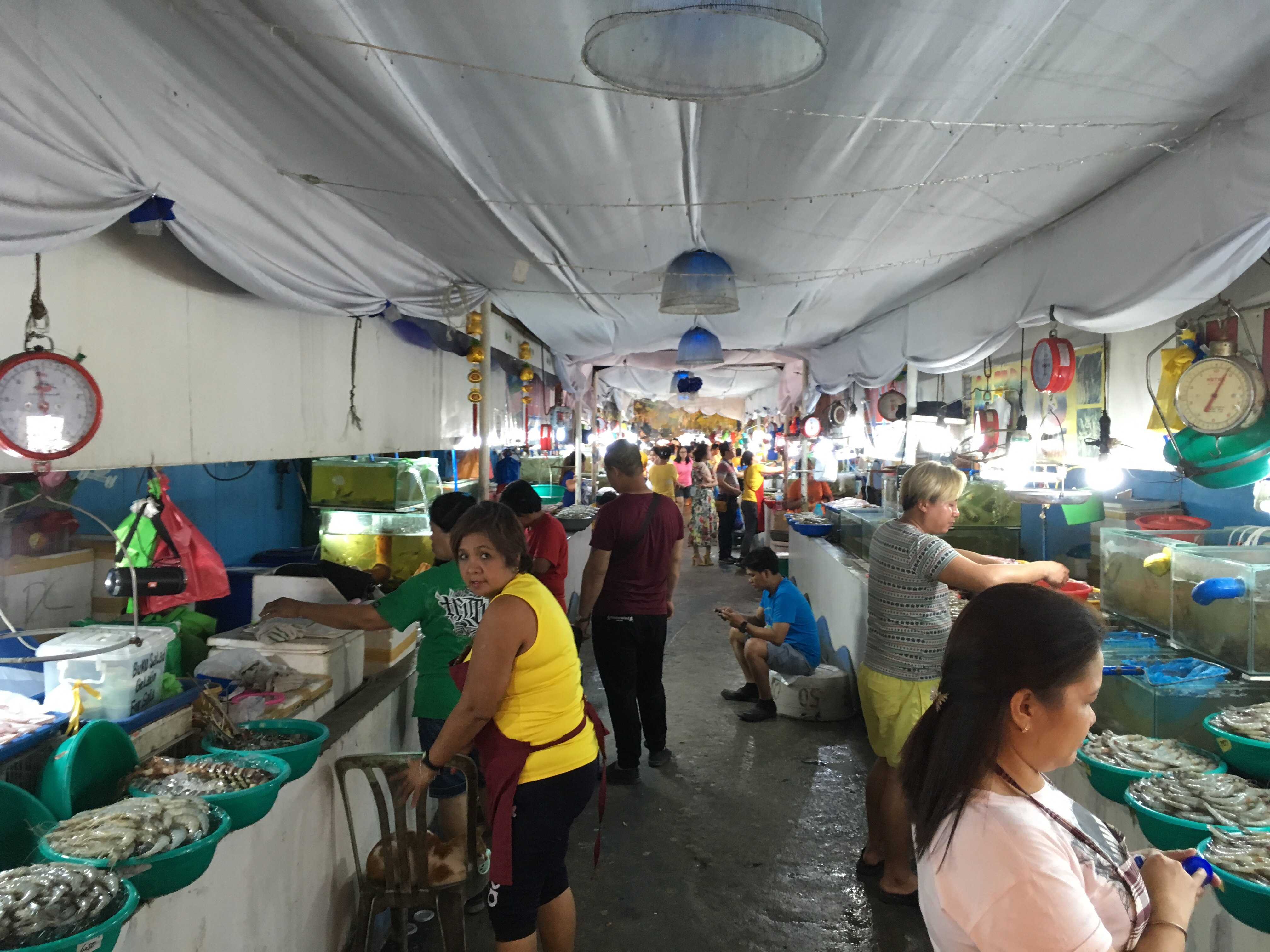





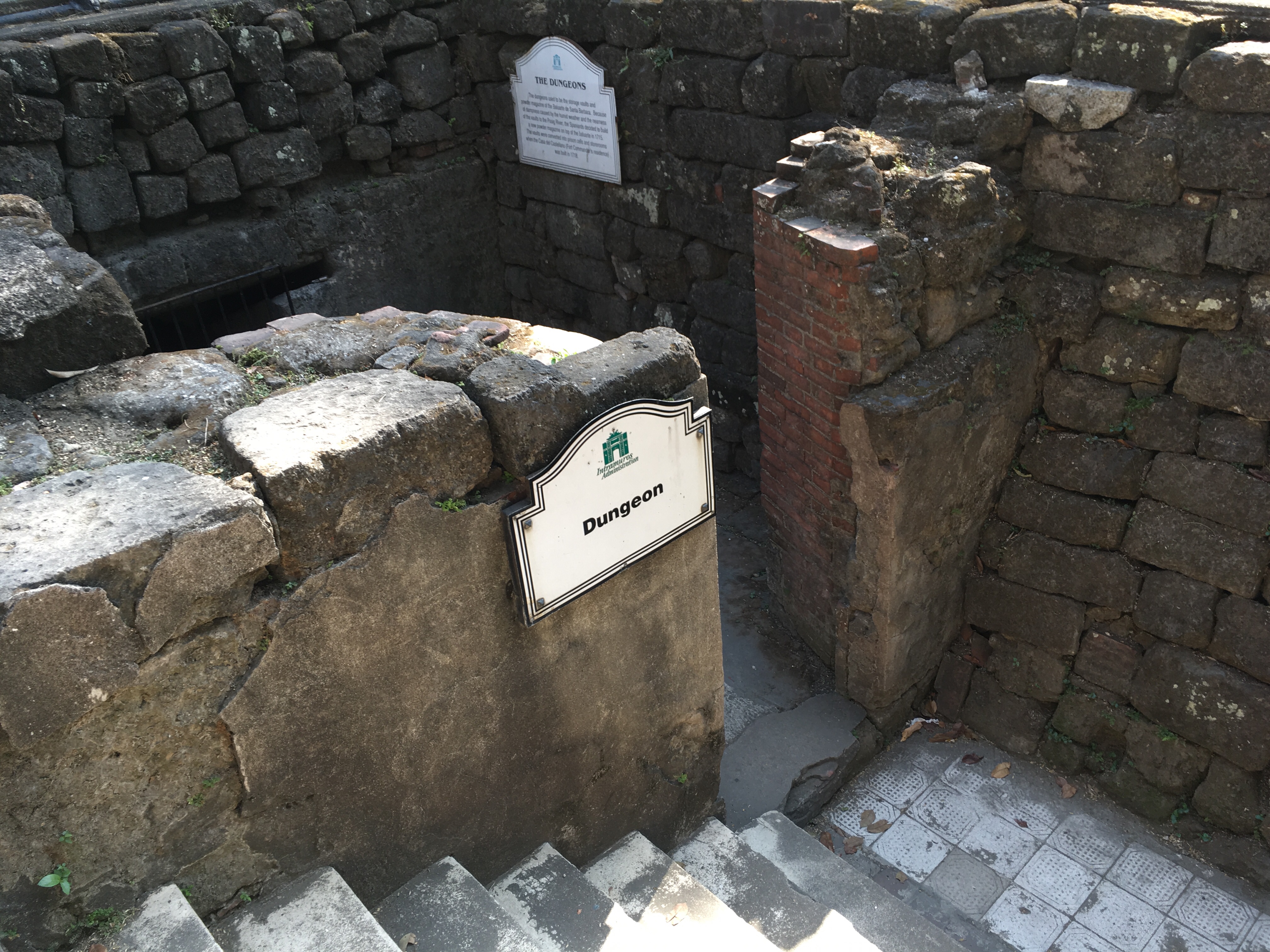
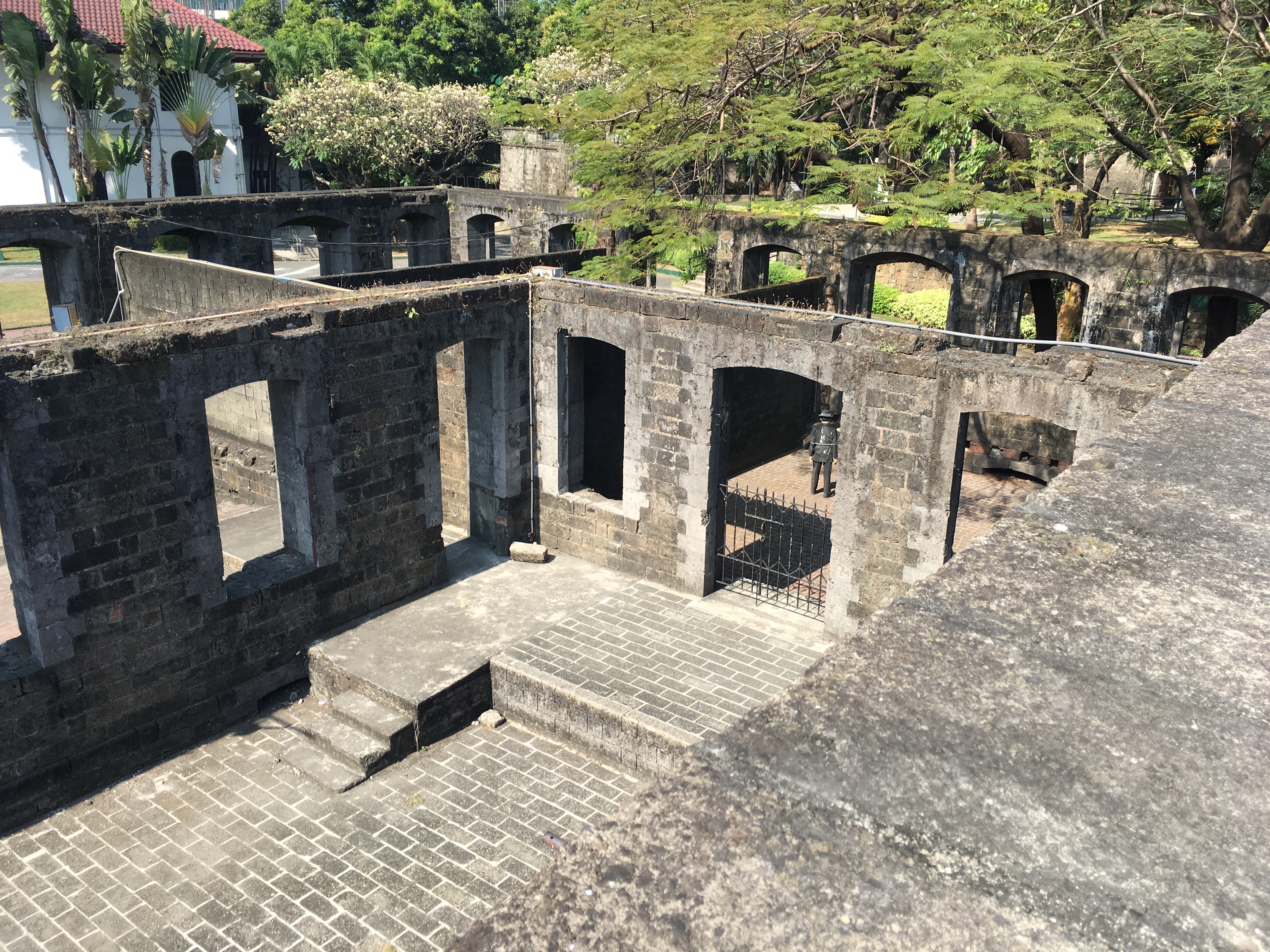
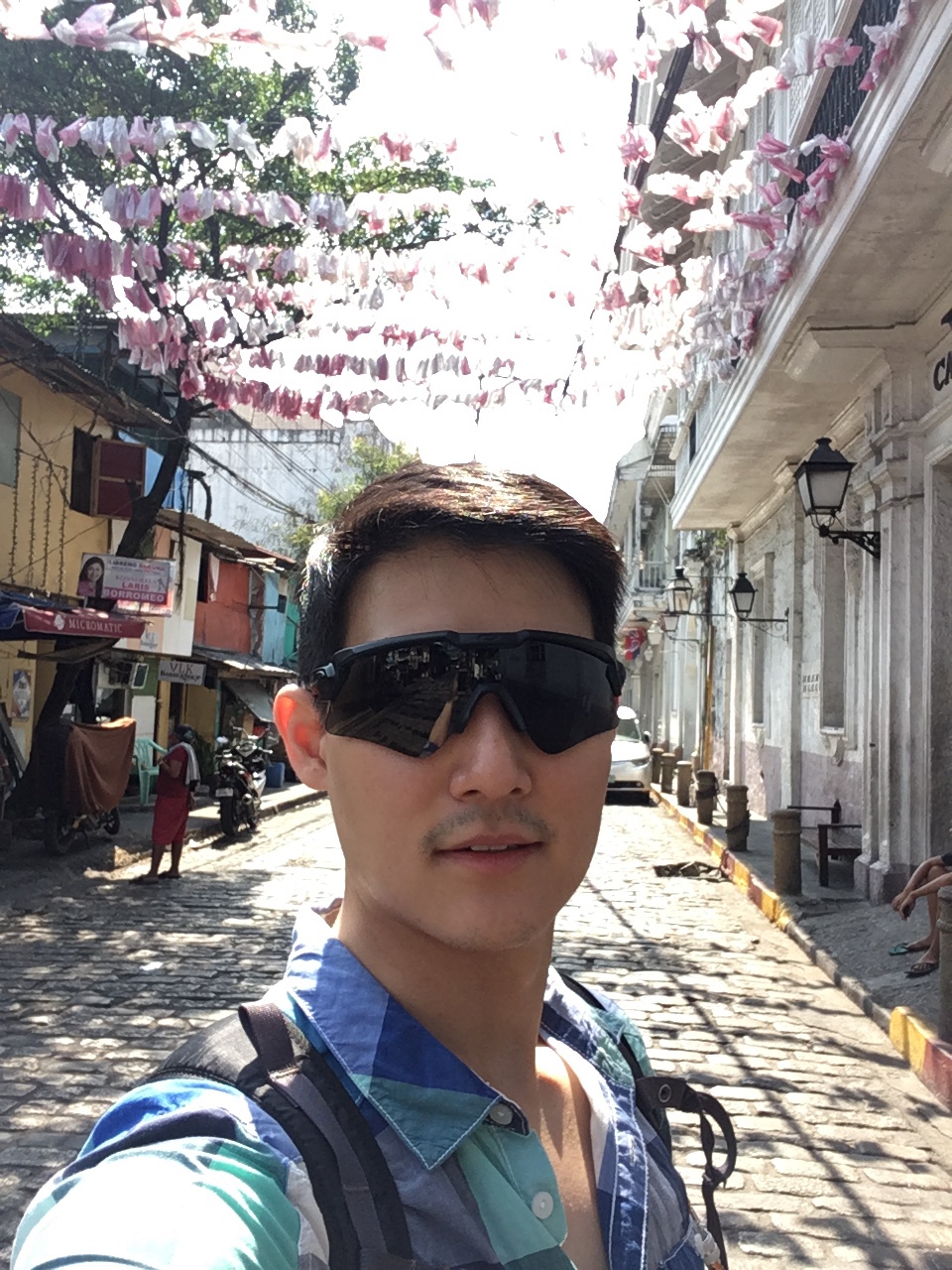
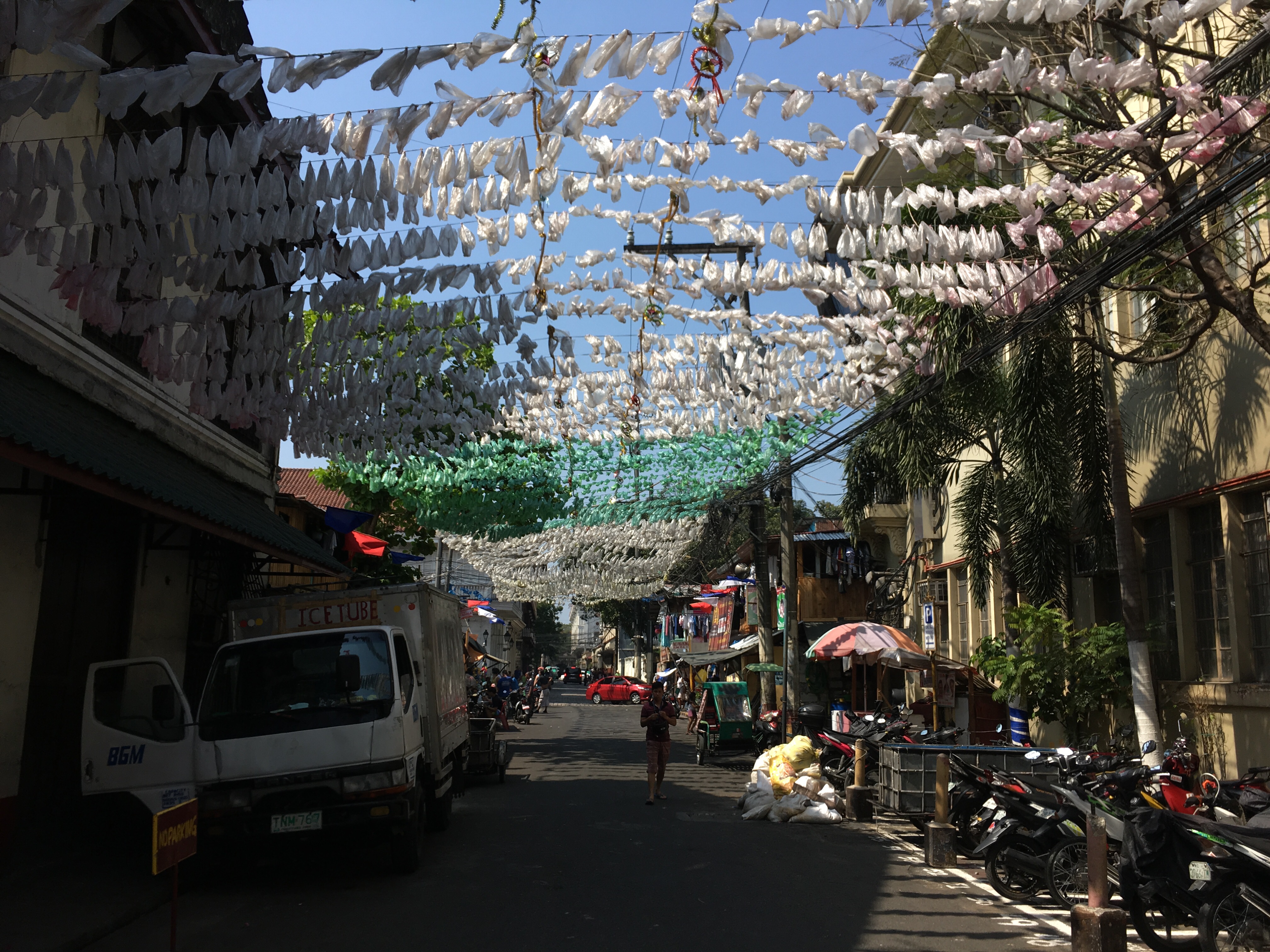
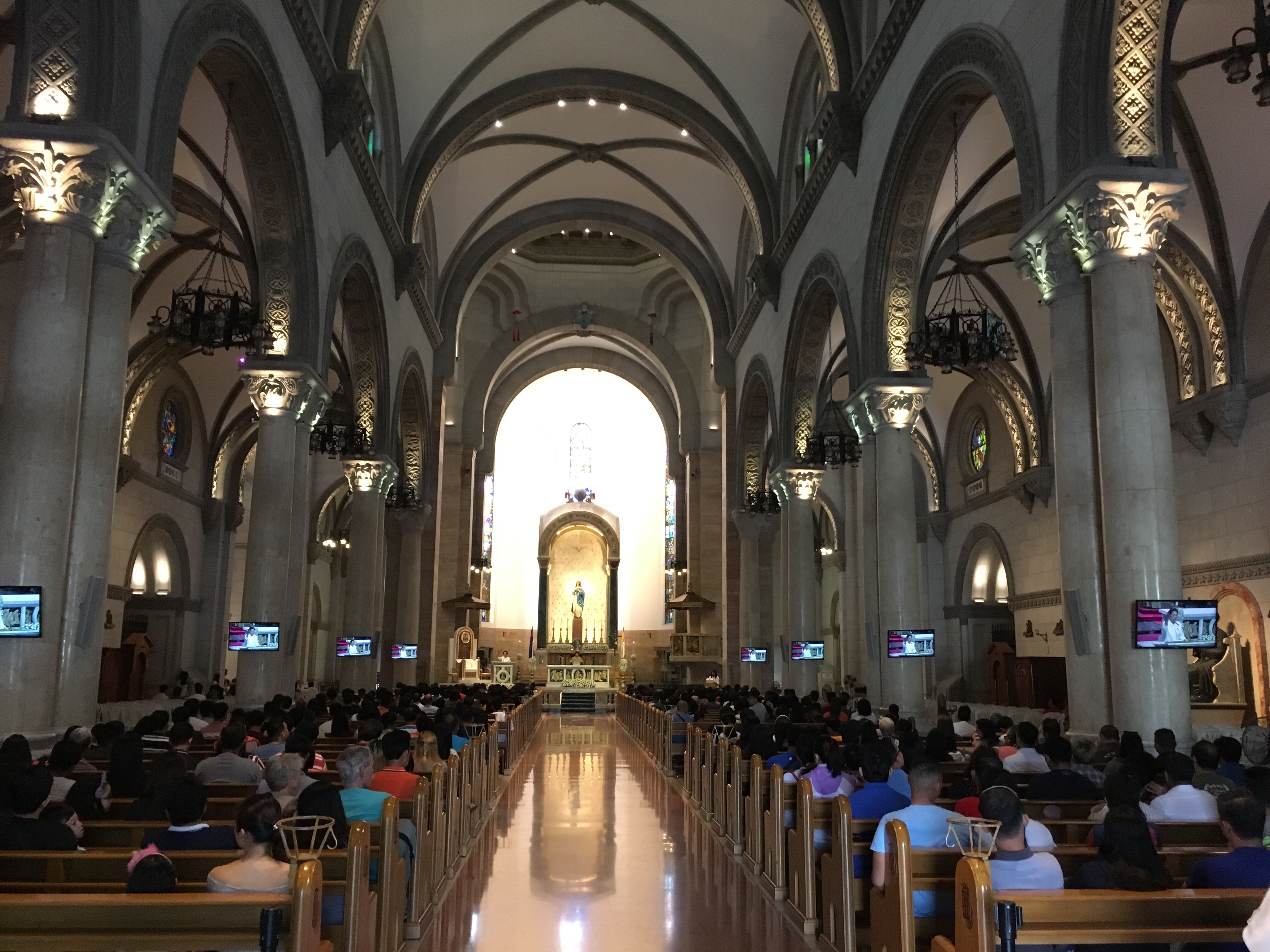
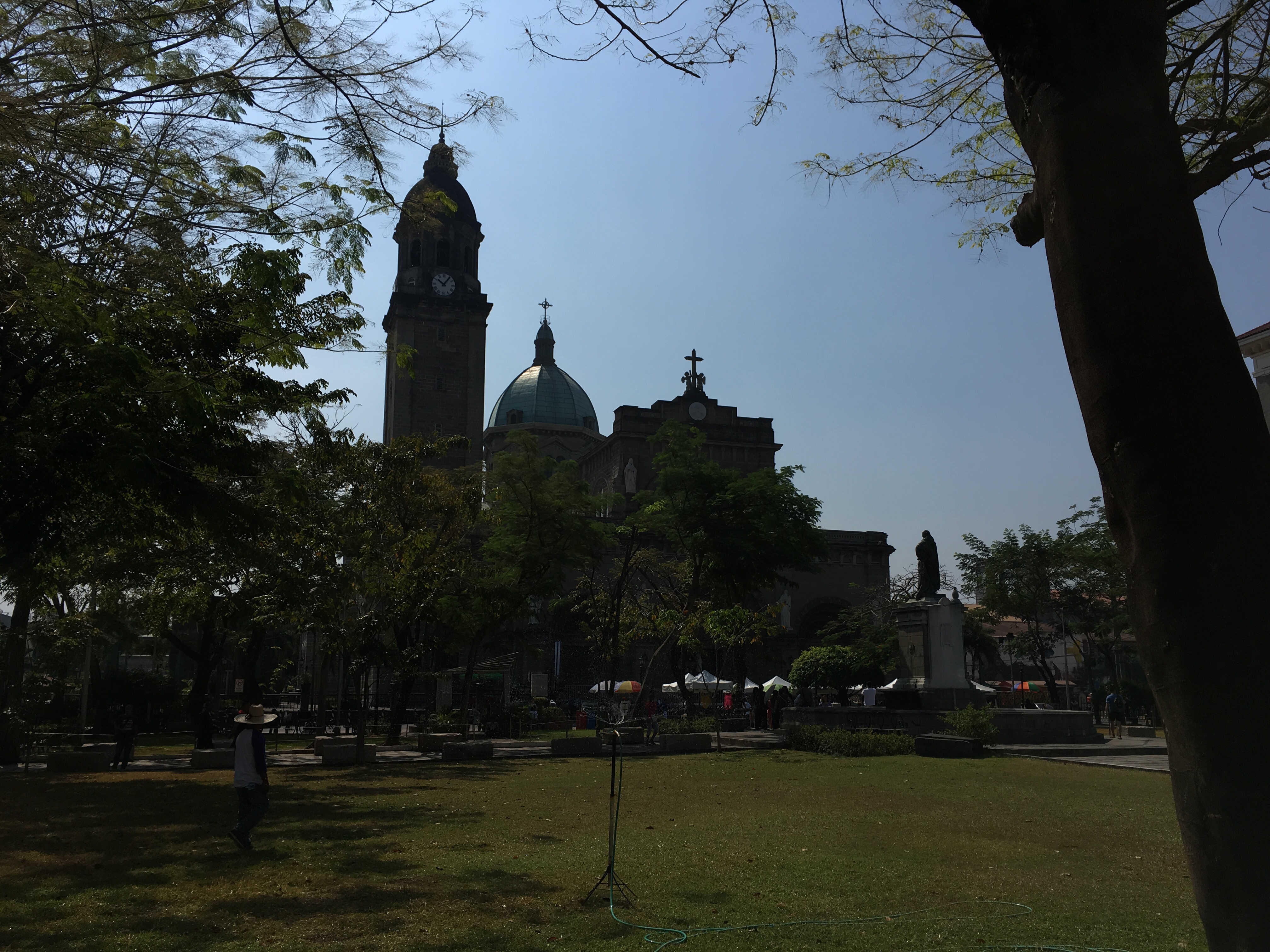


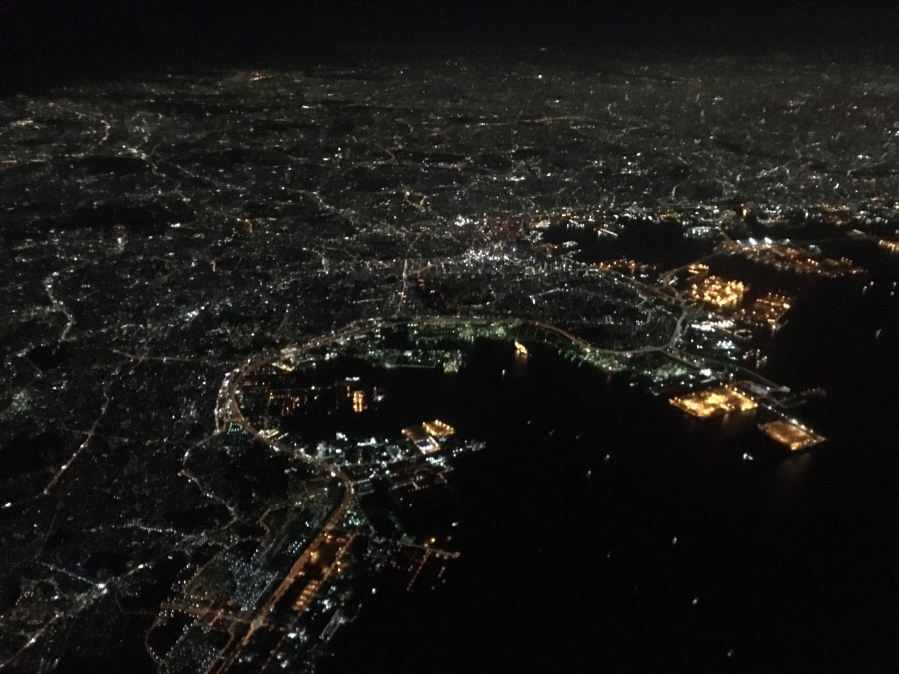
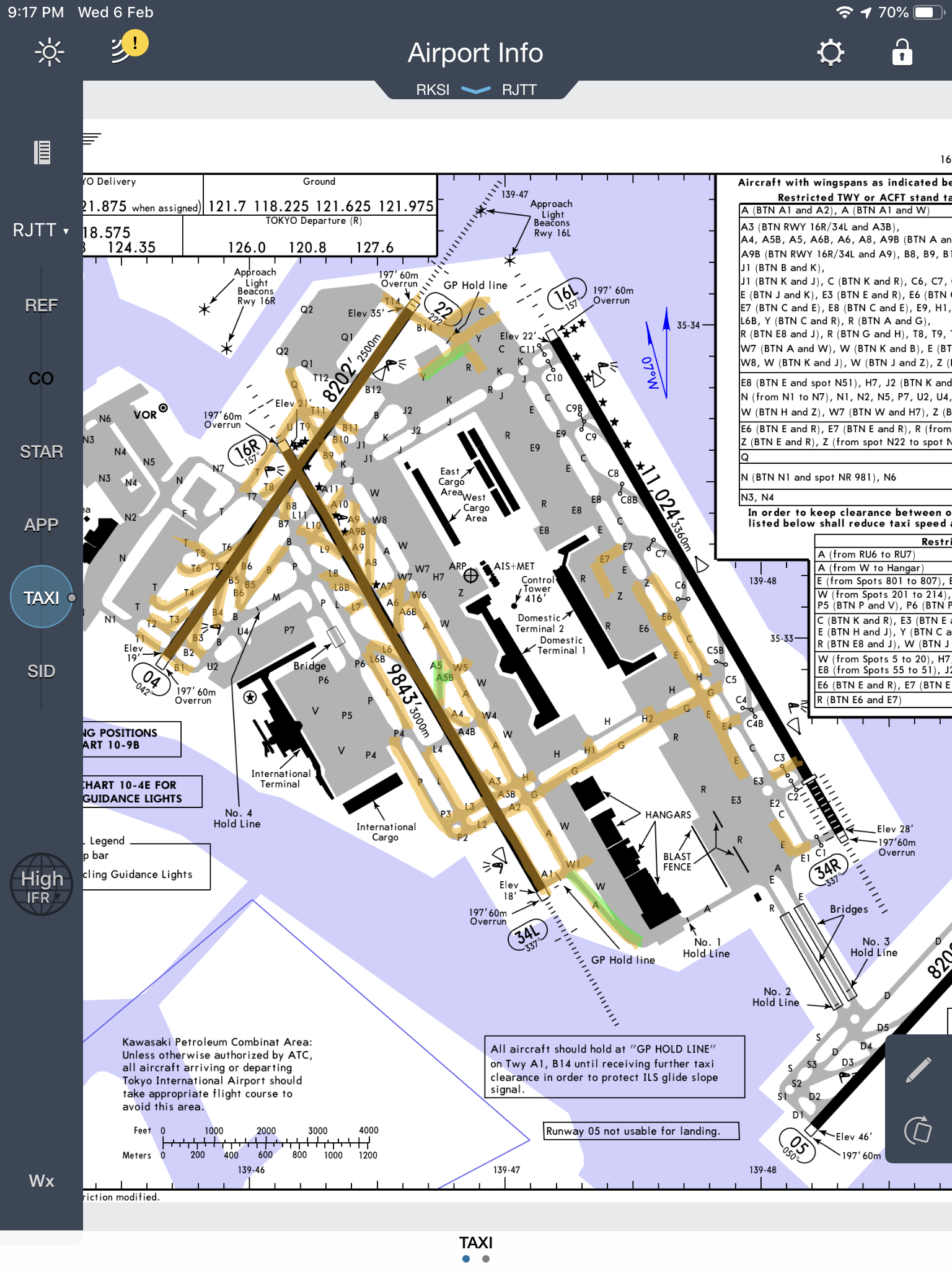
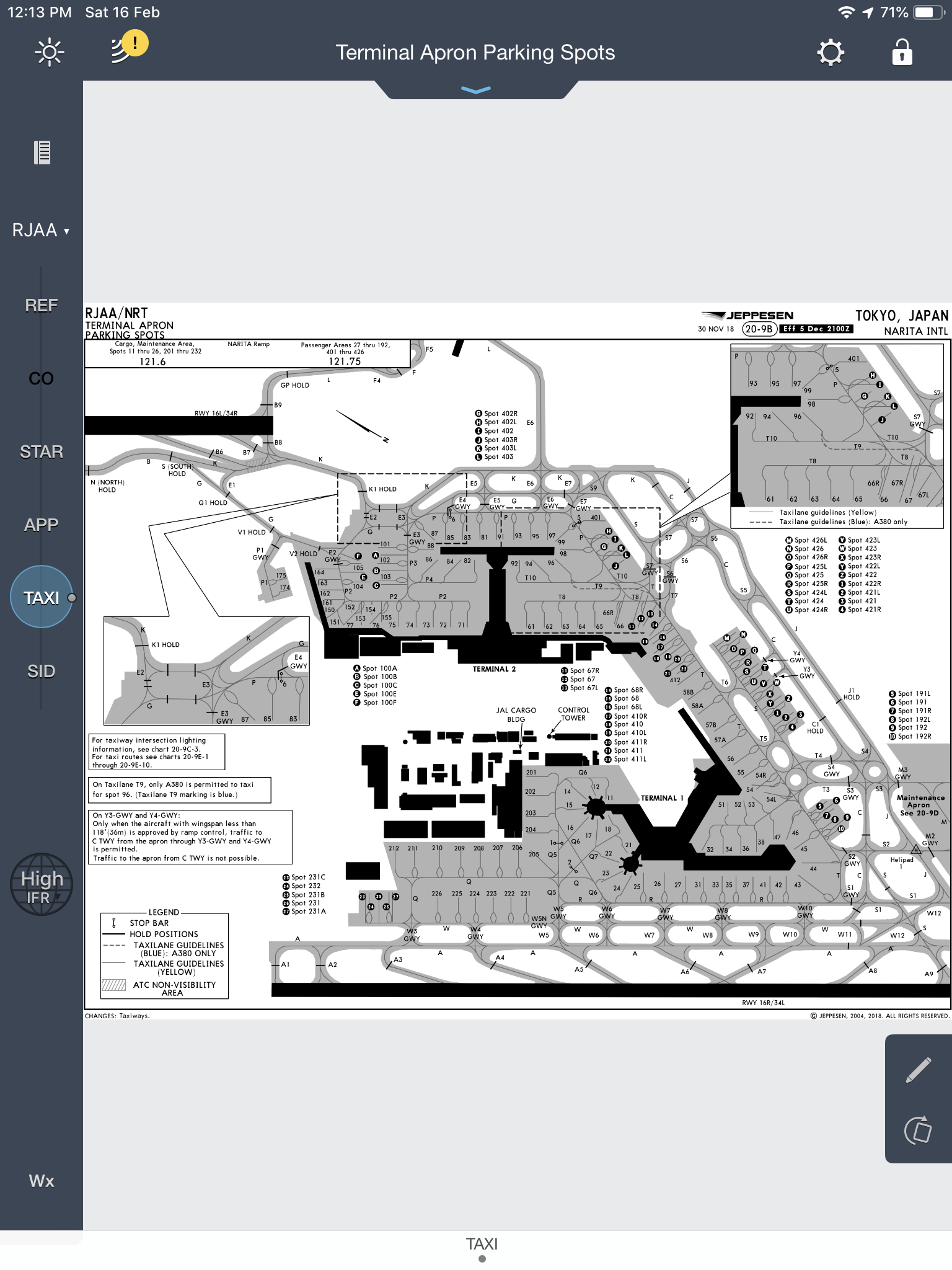



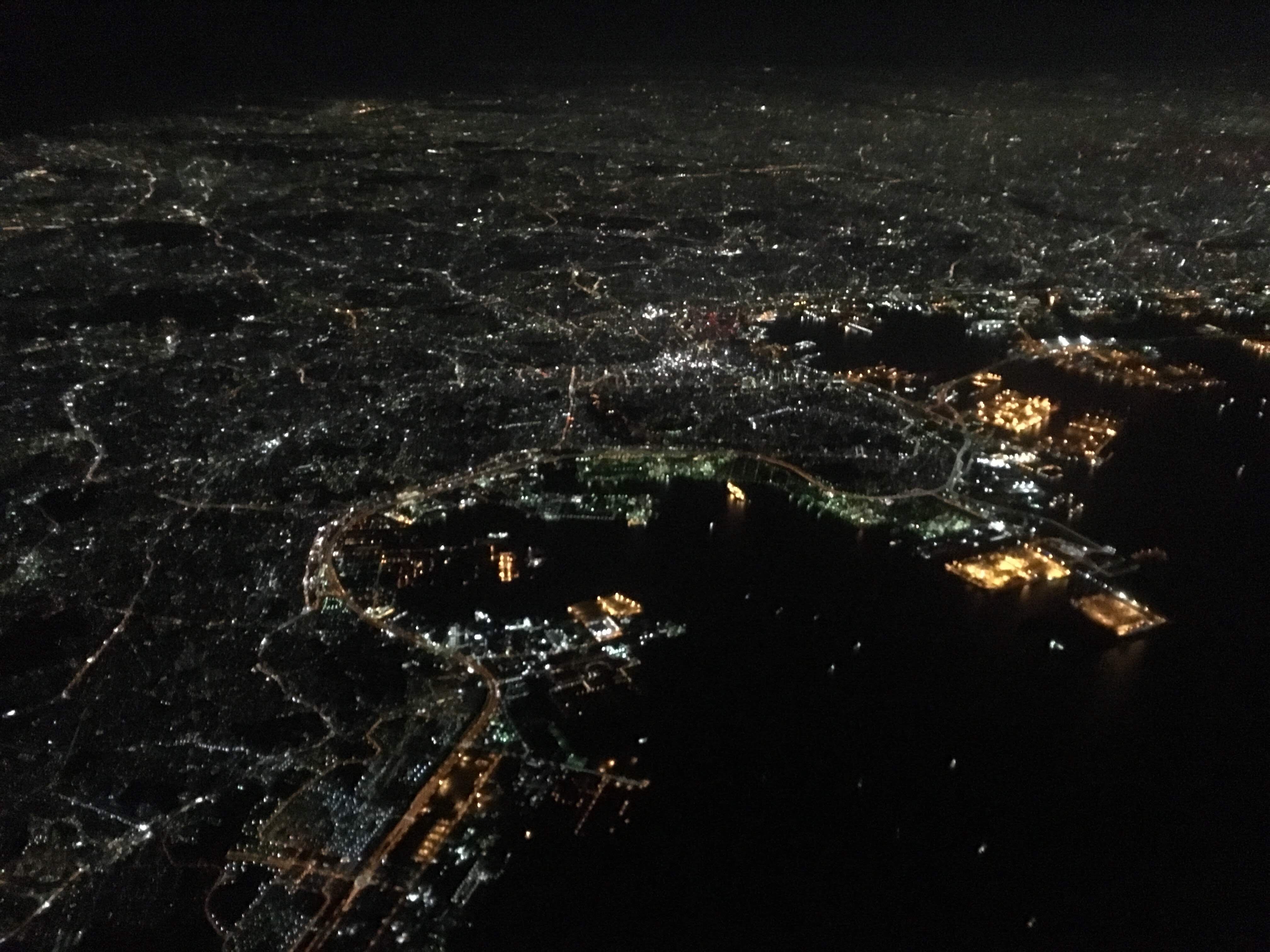


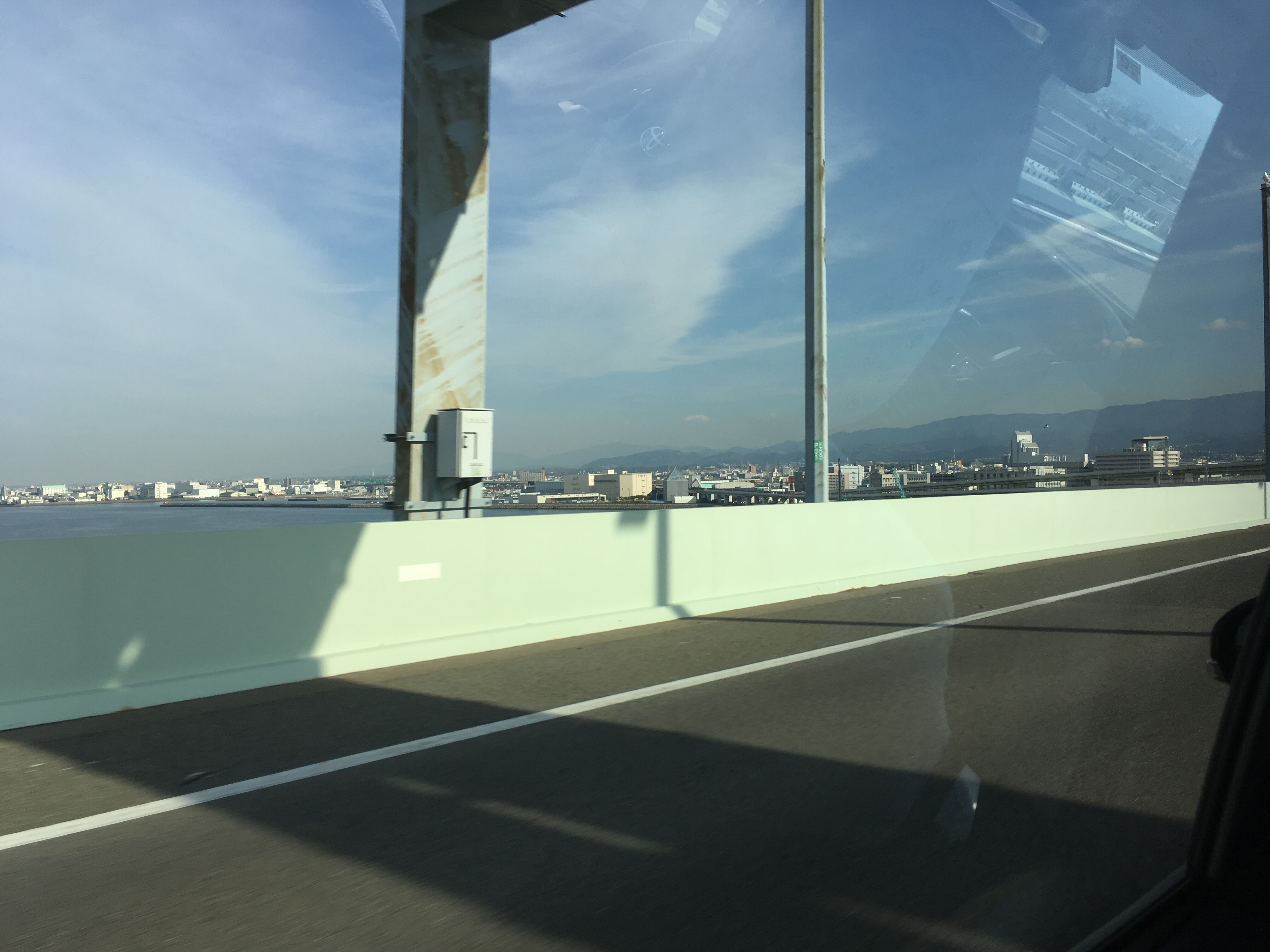
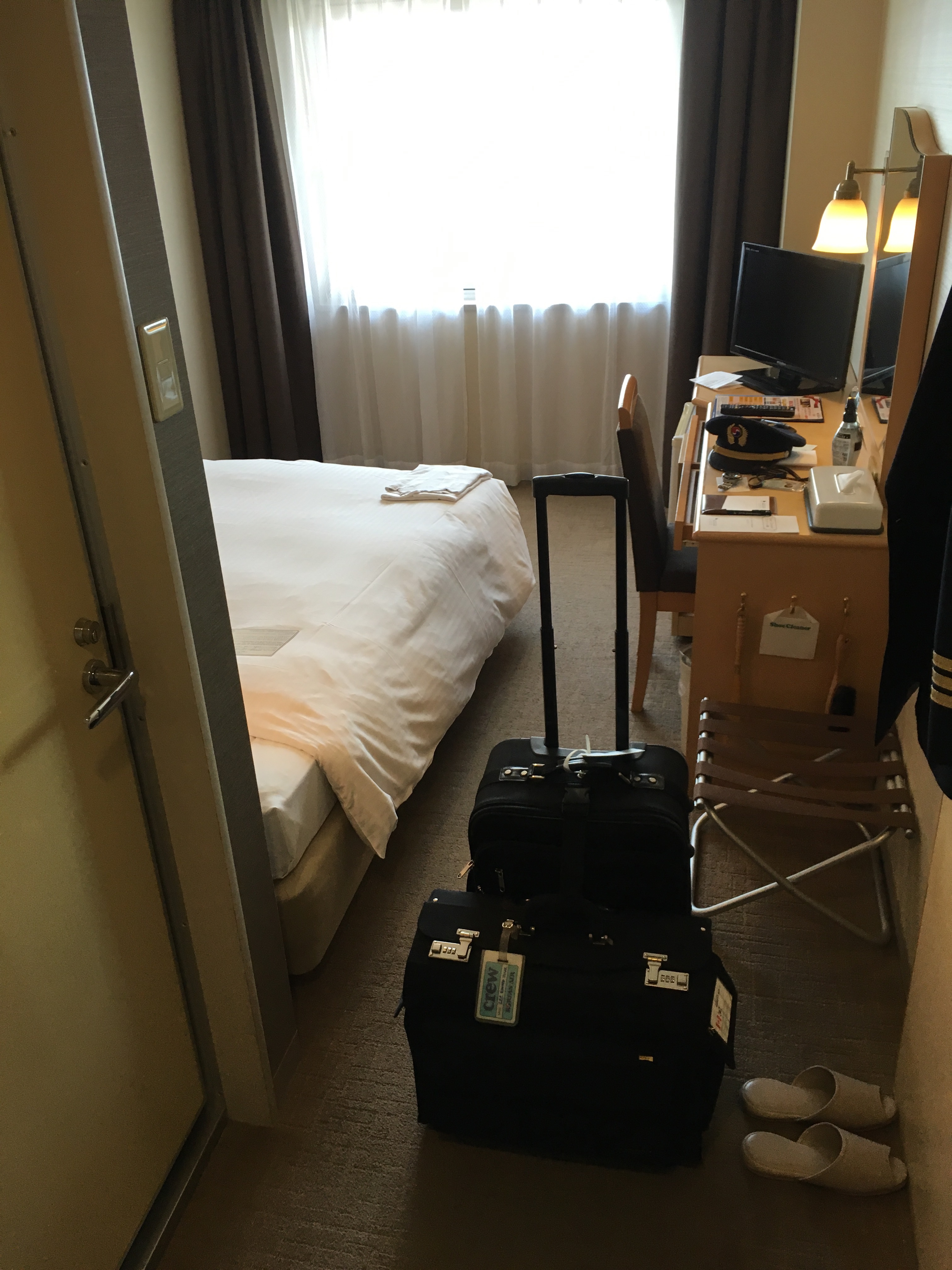
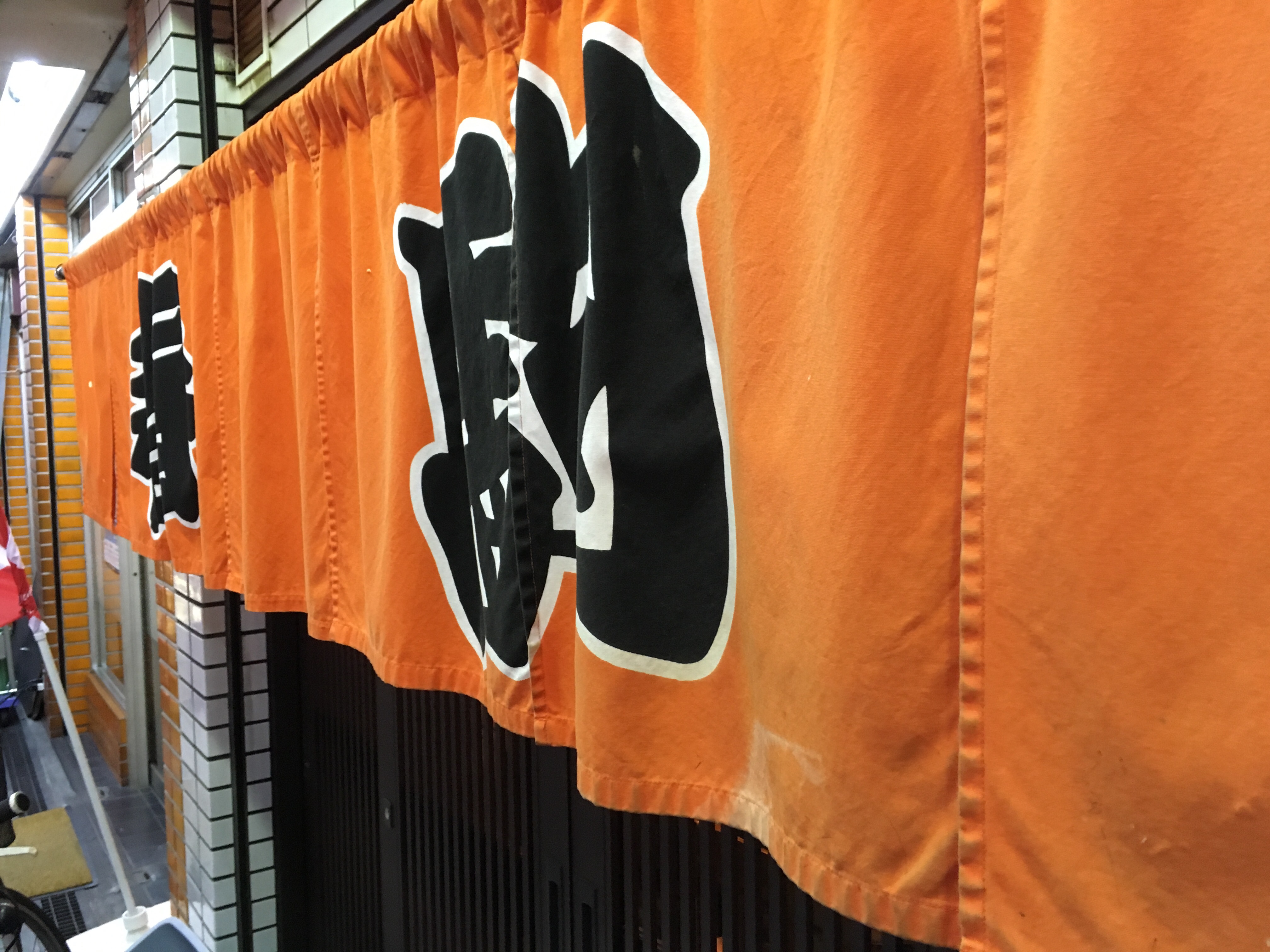
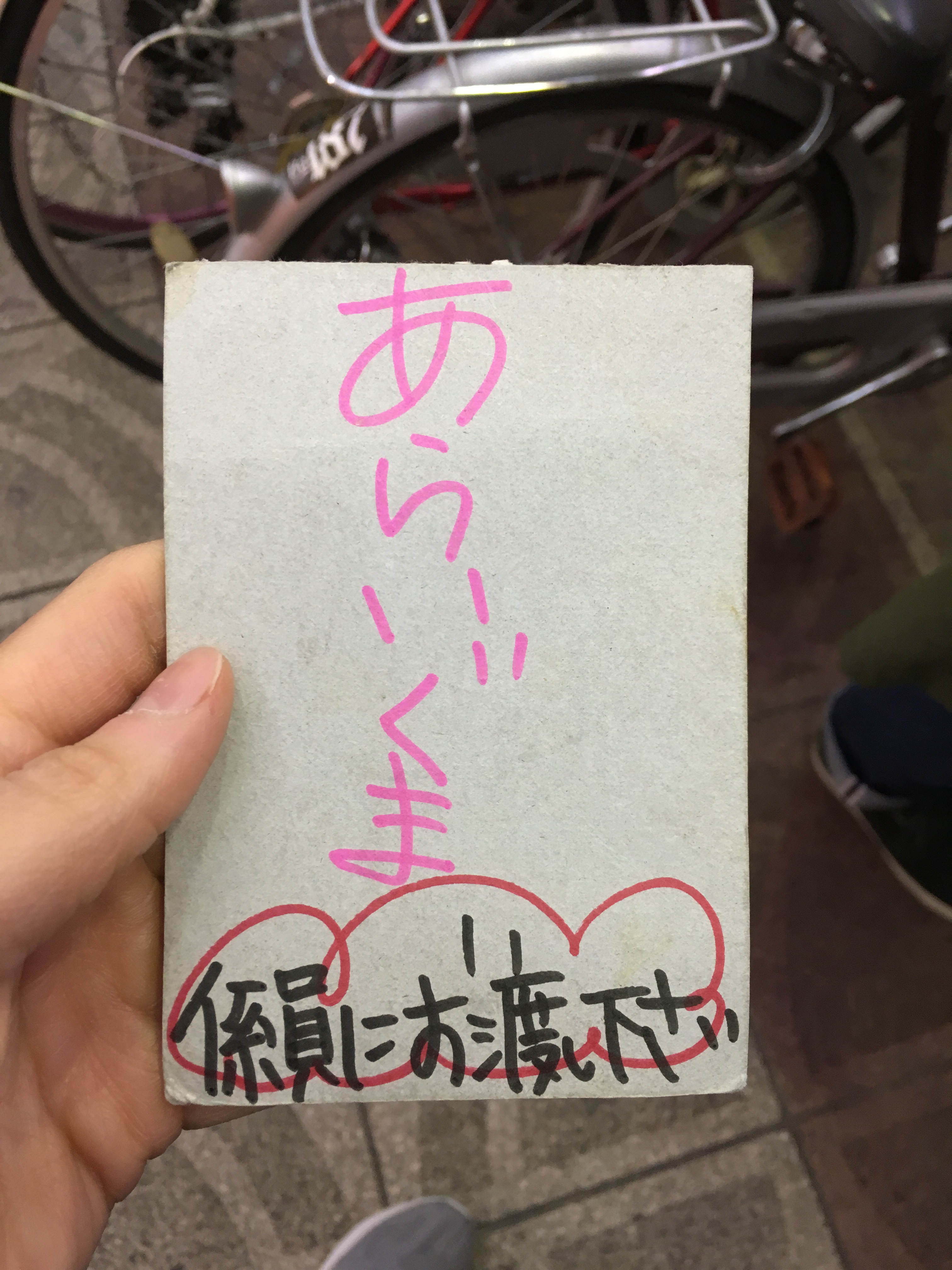

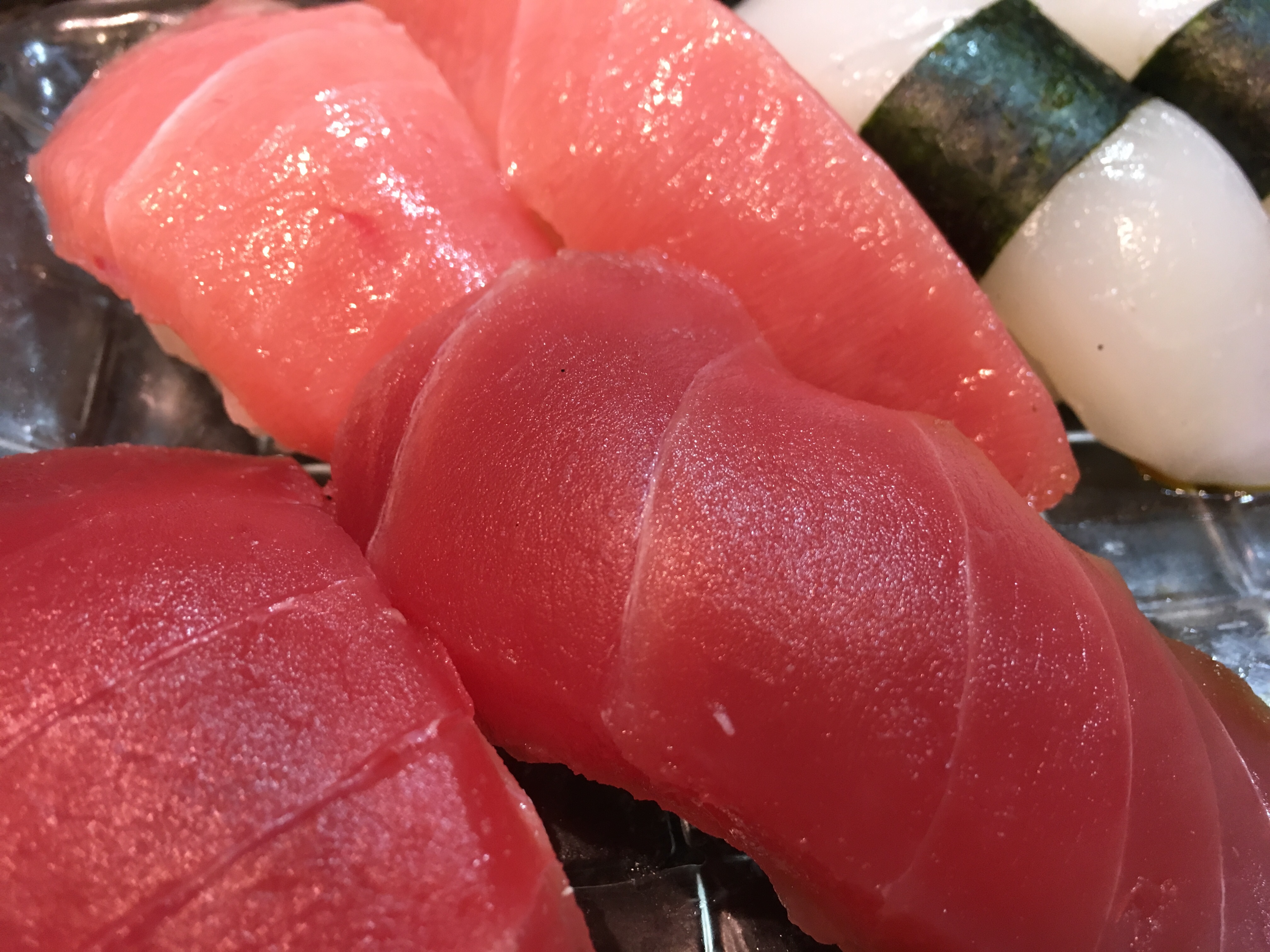



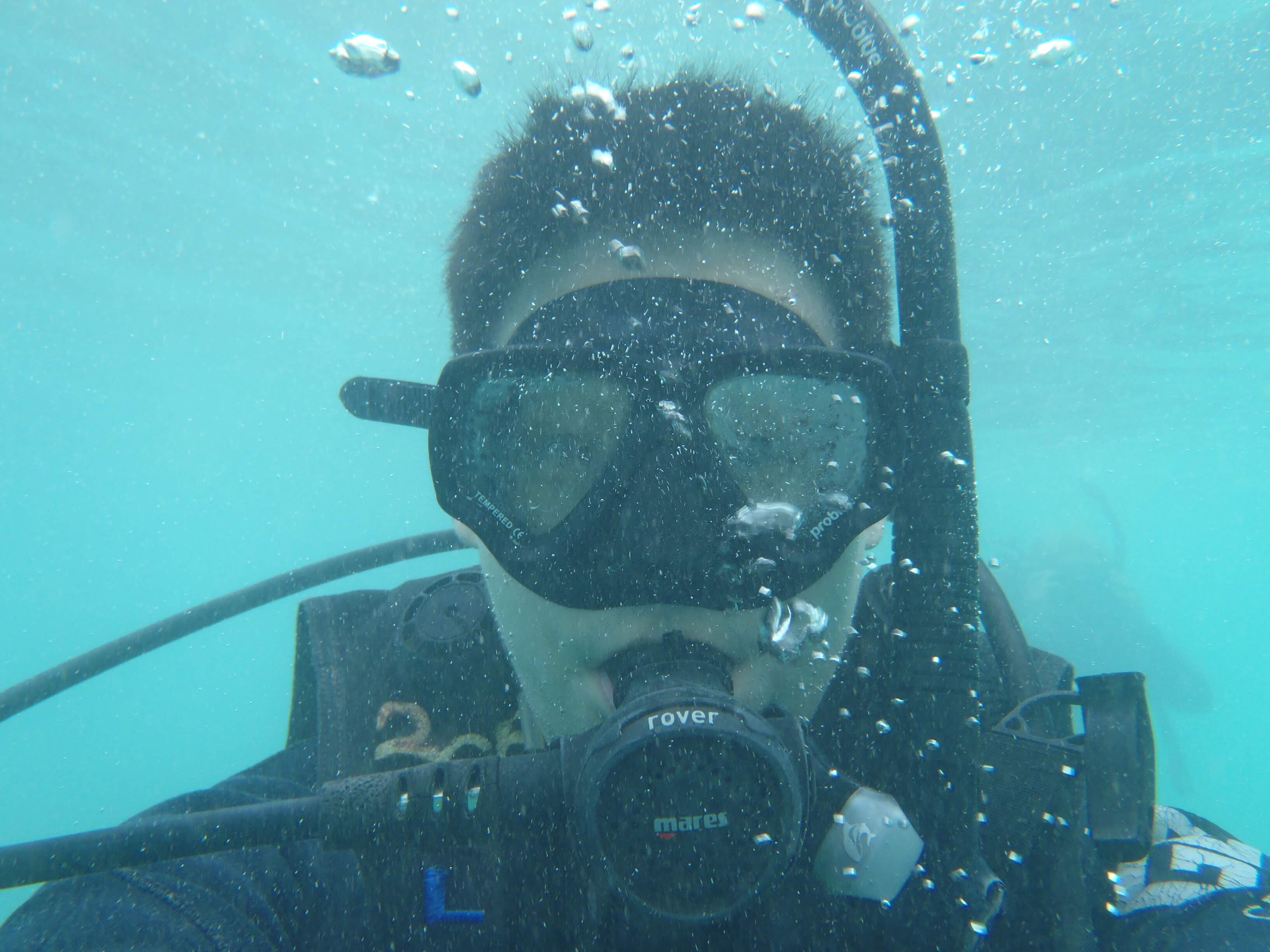

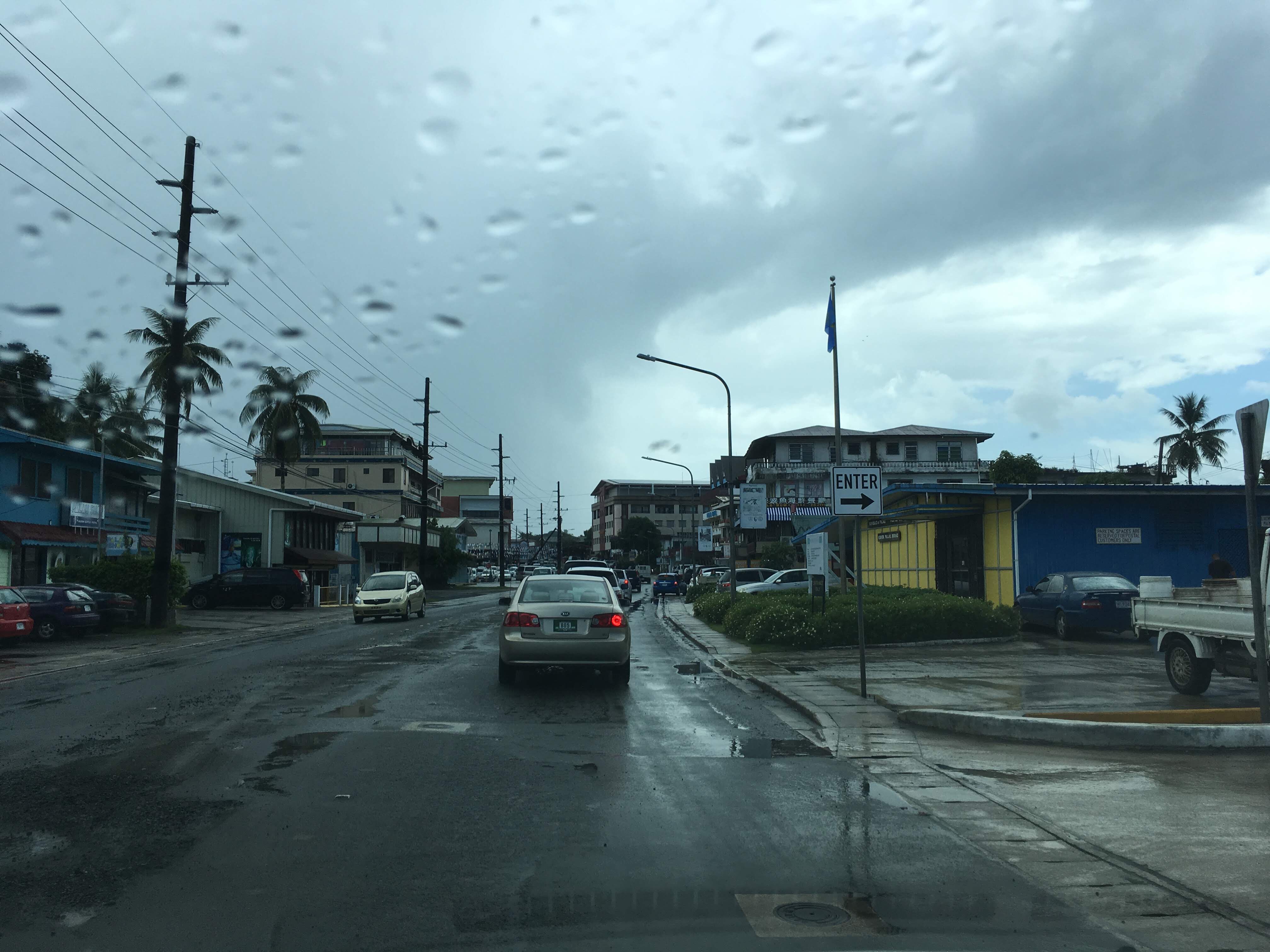

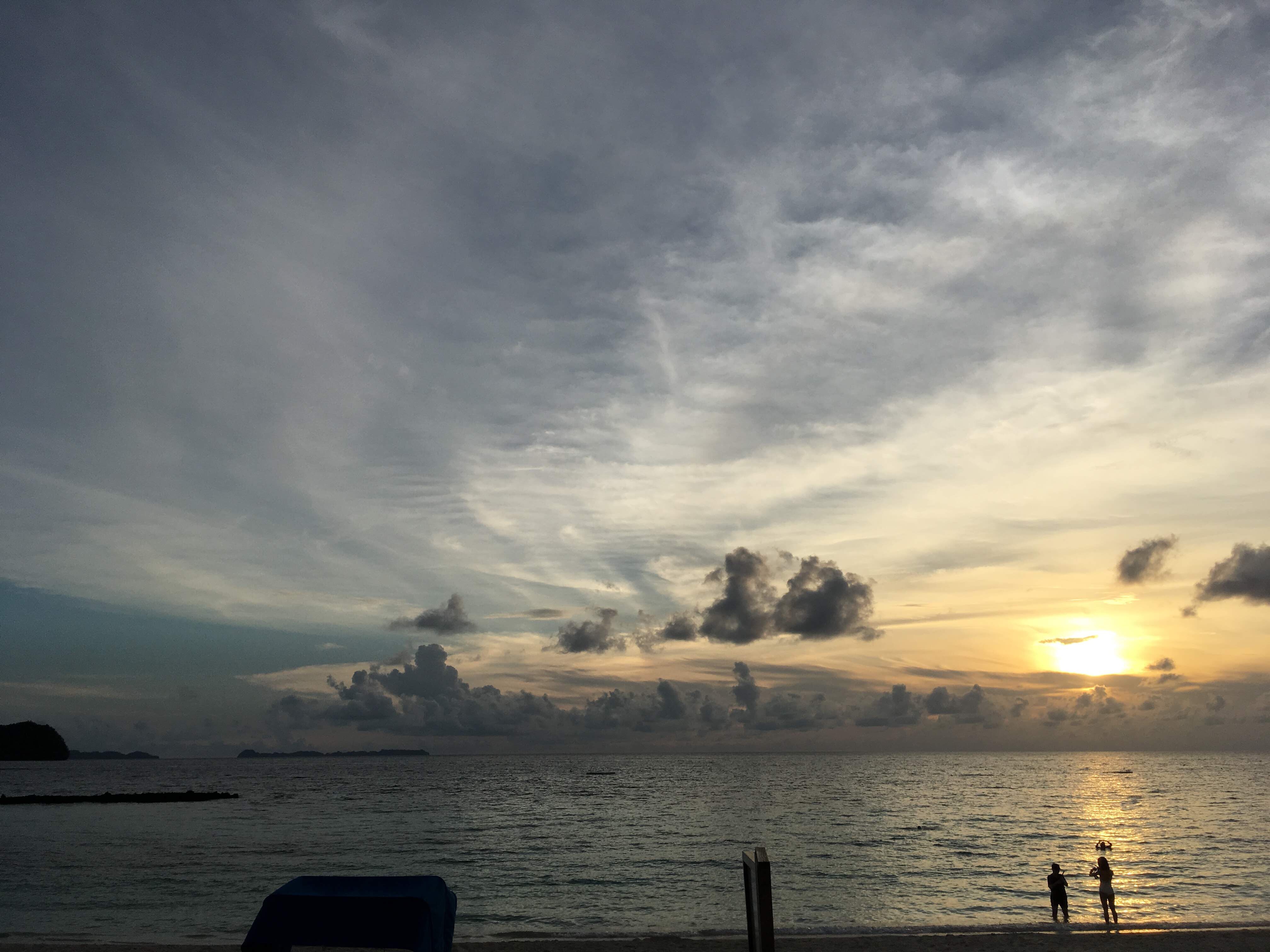
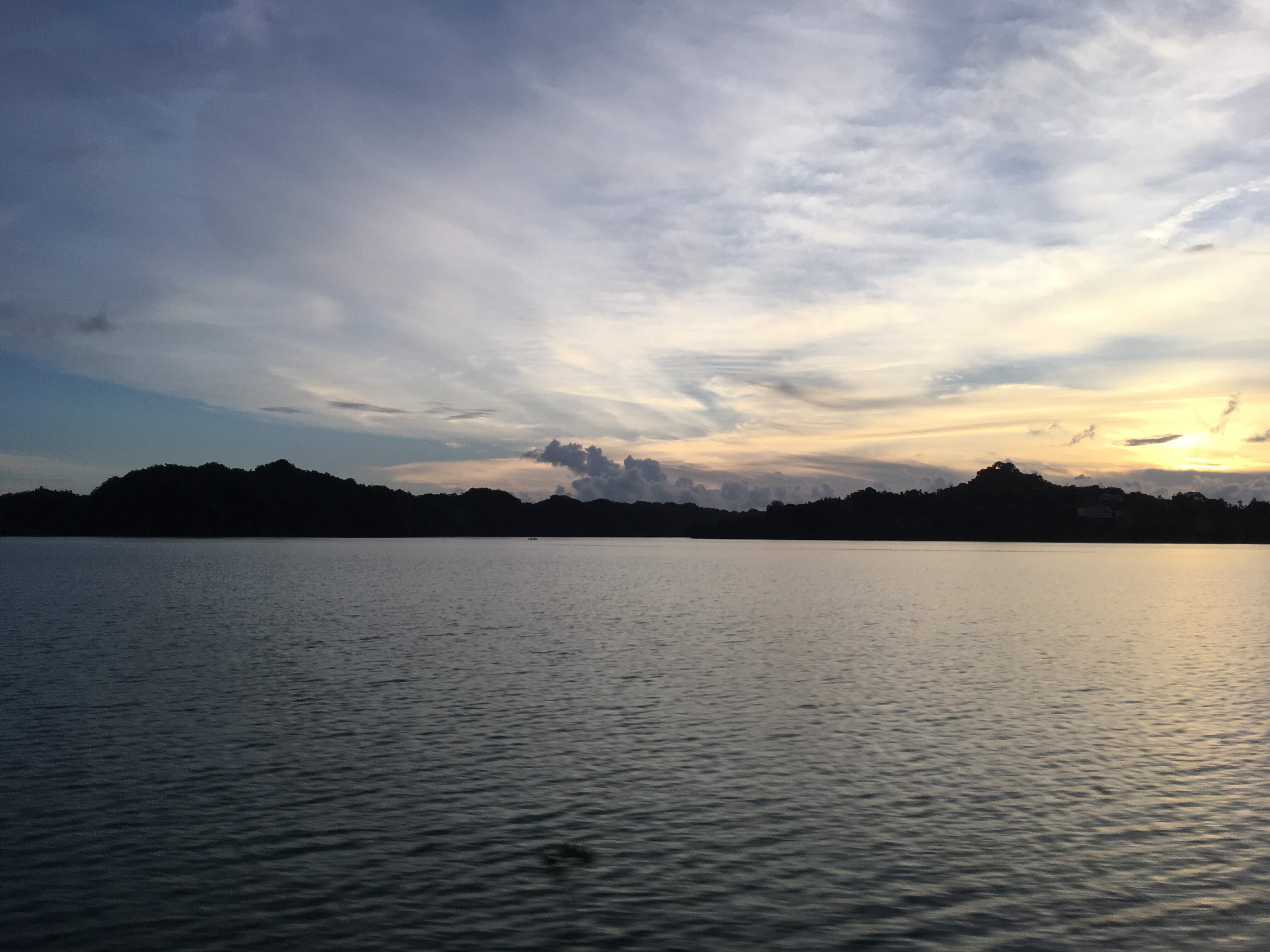


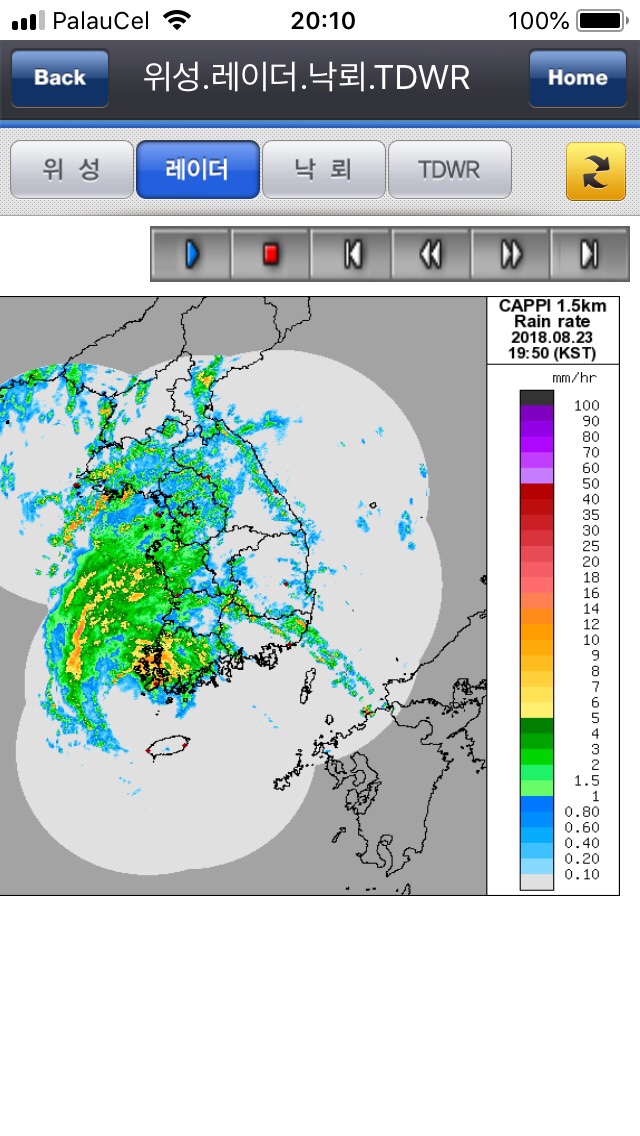 l
l